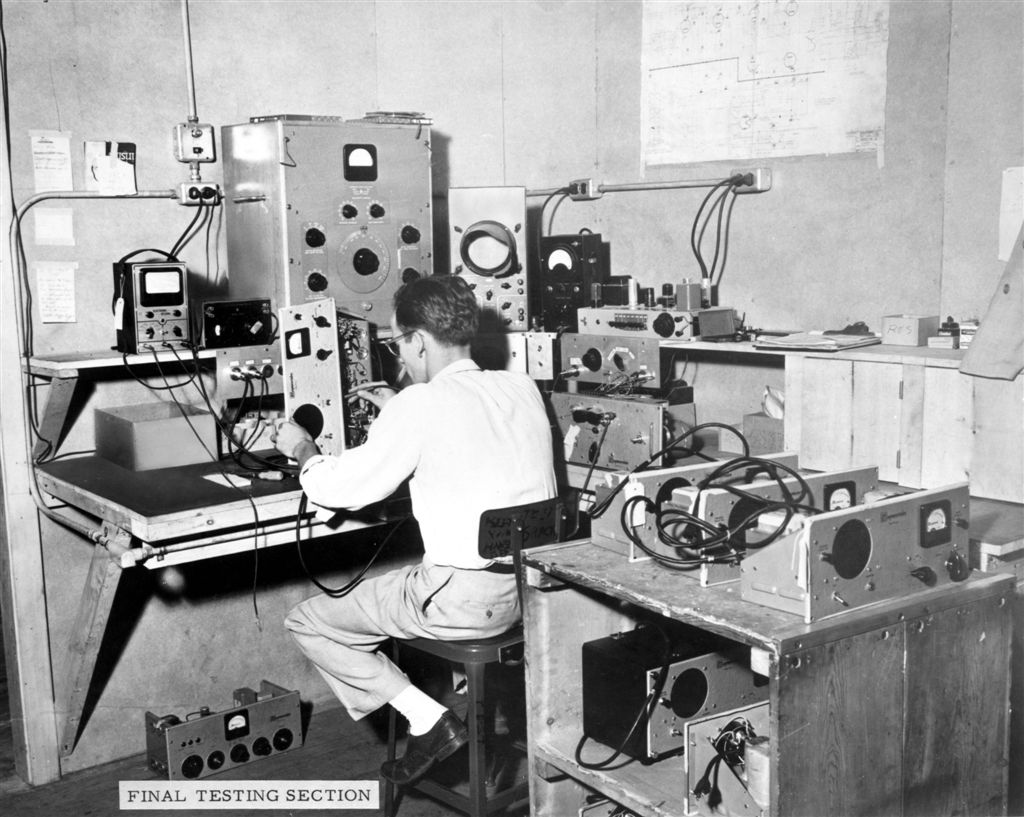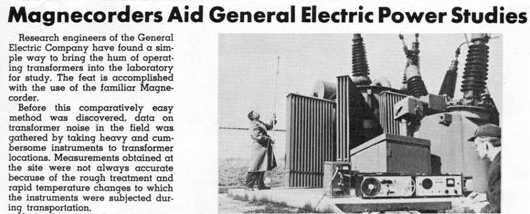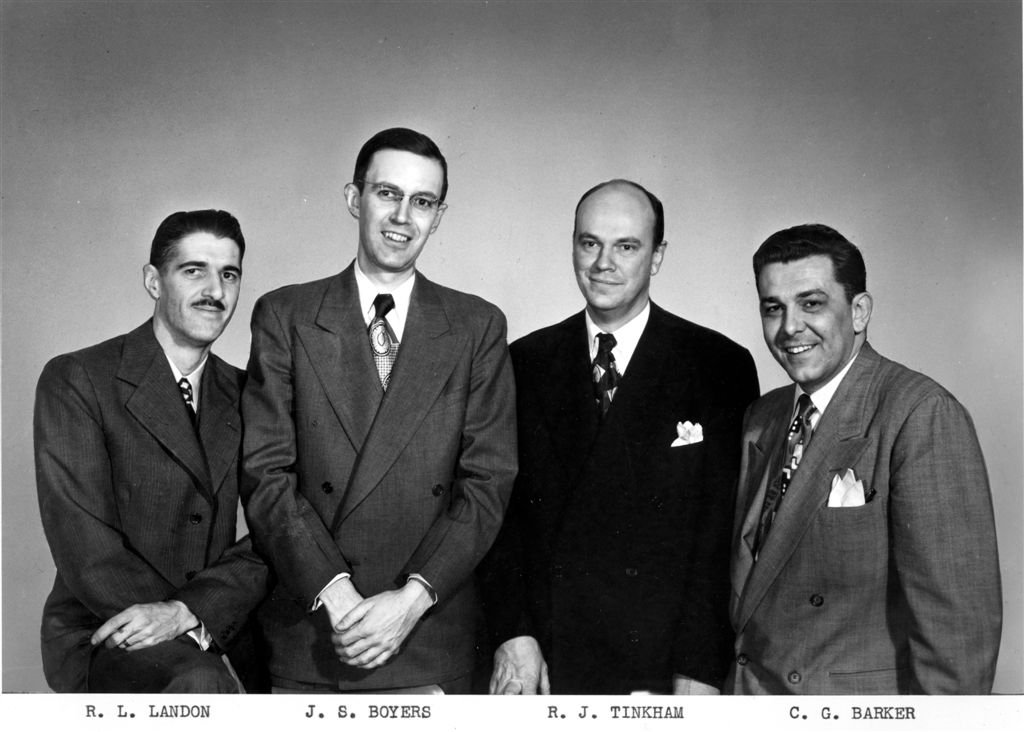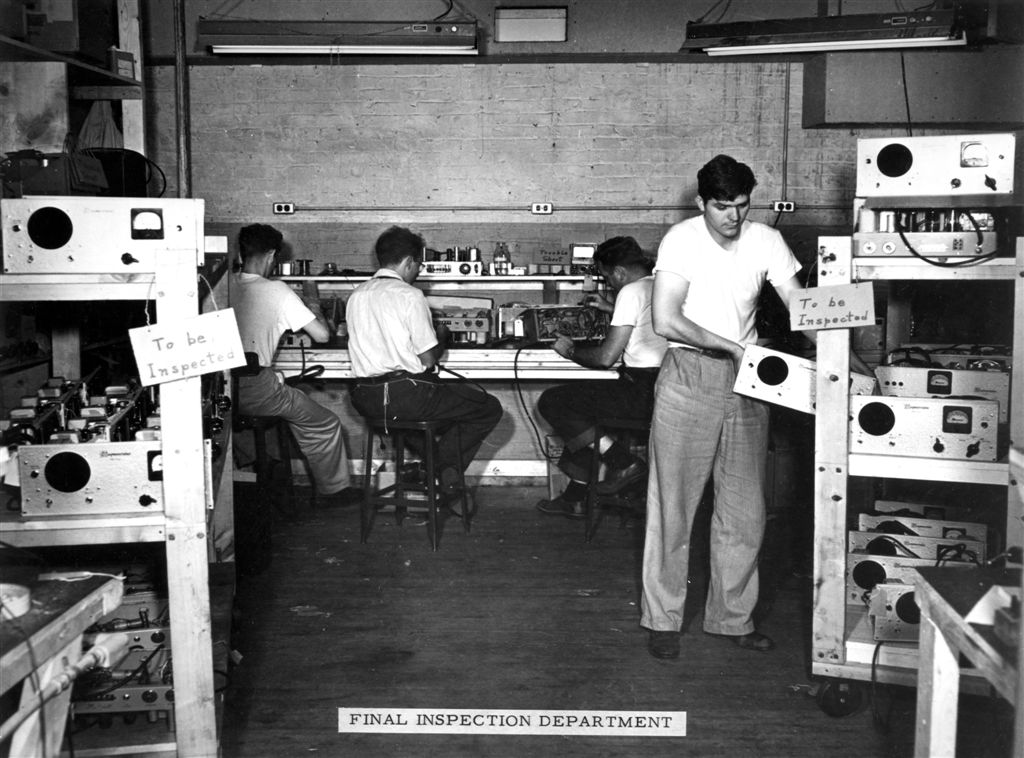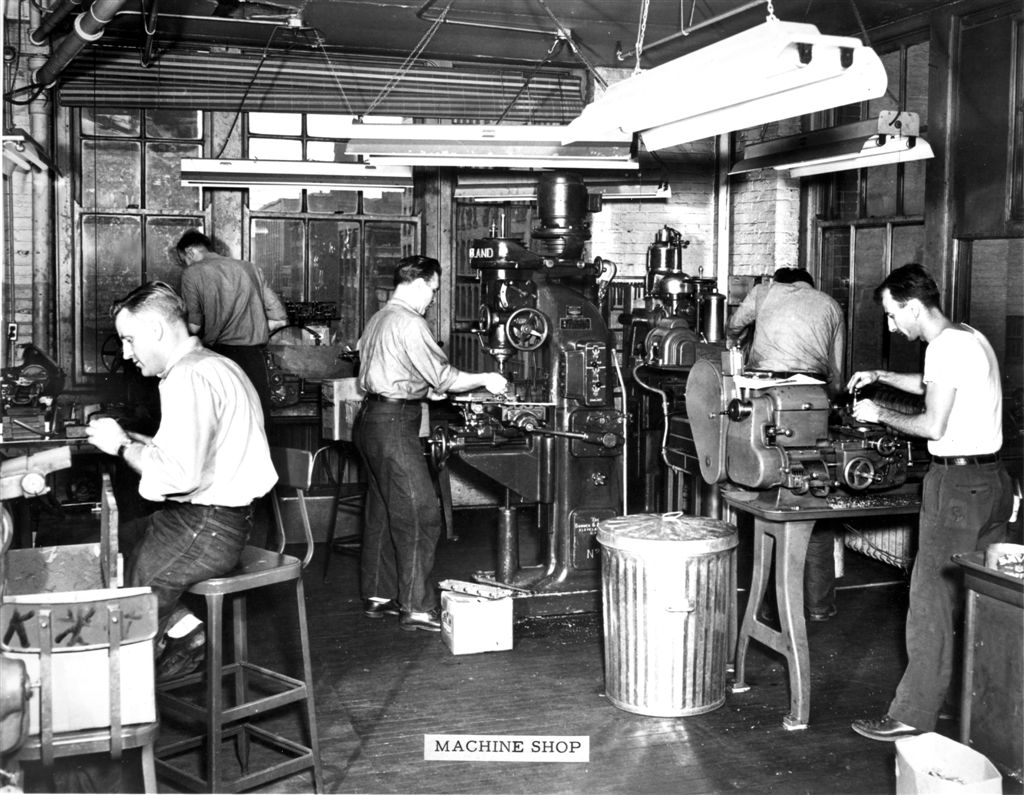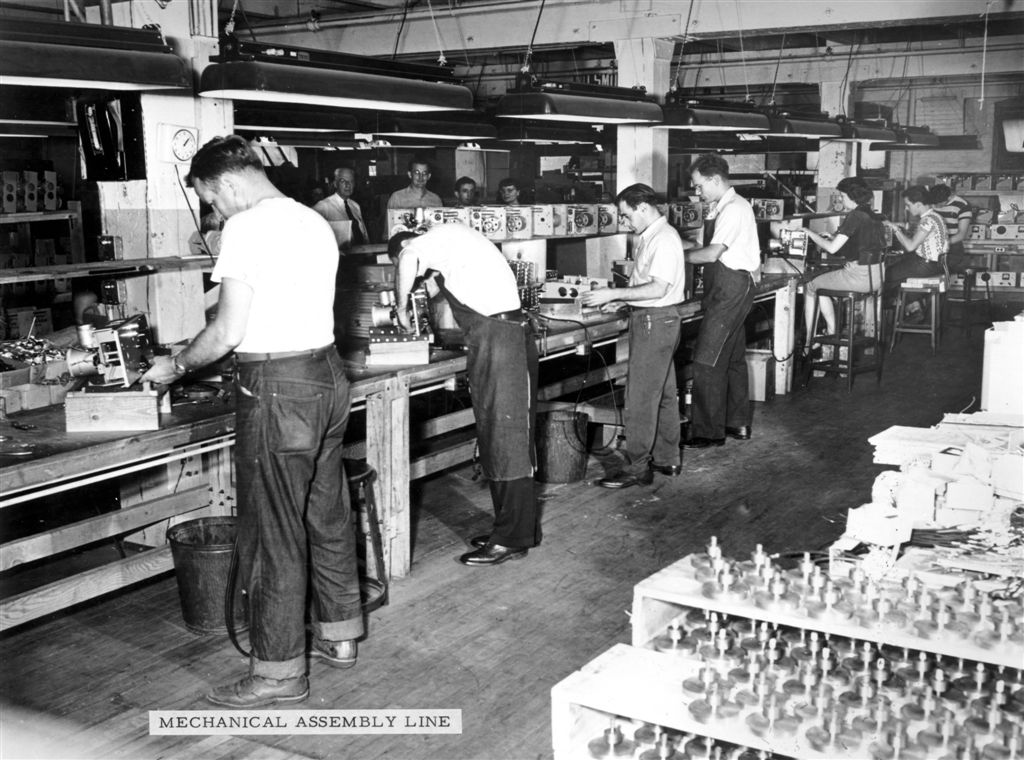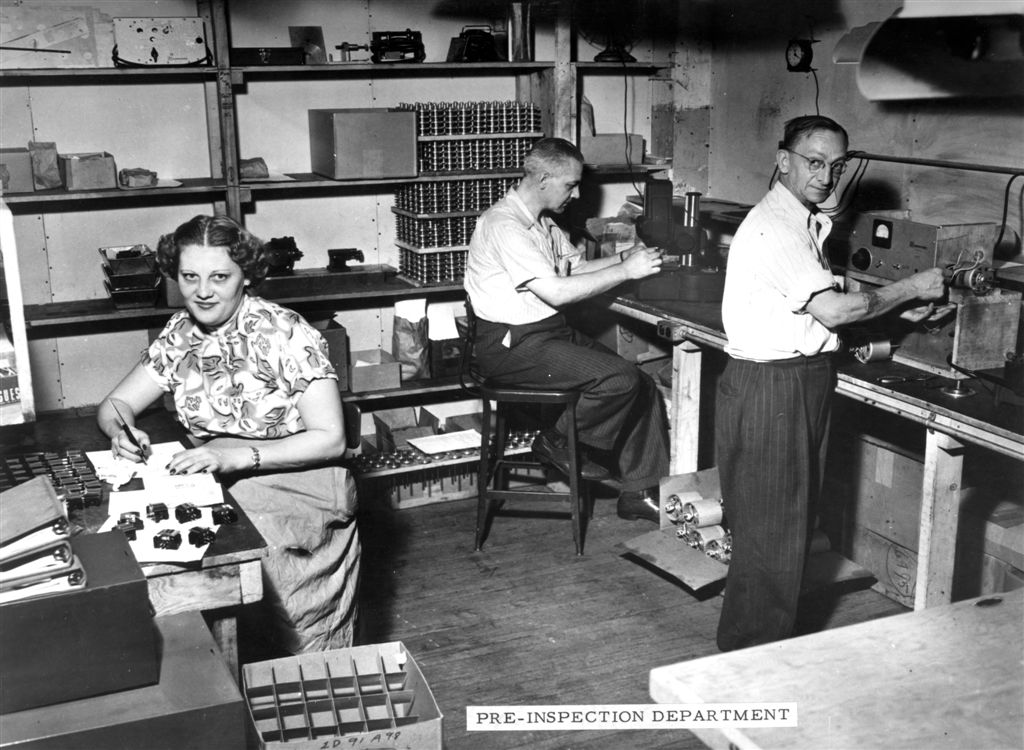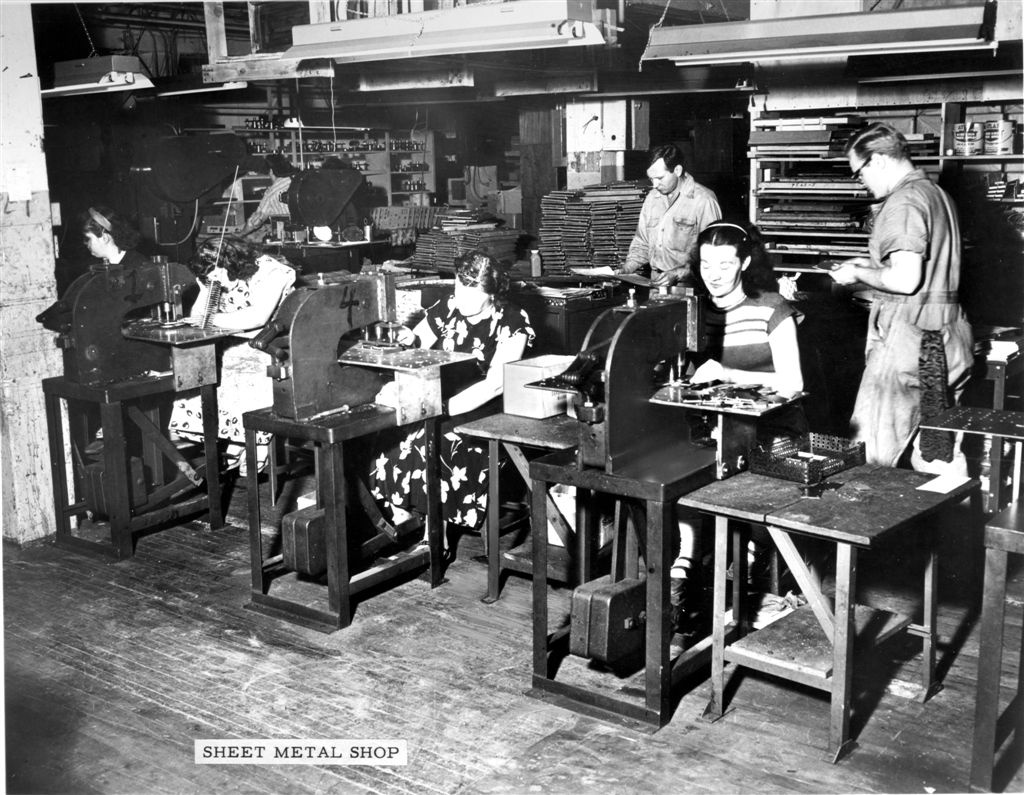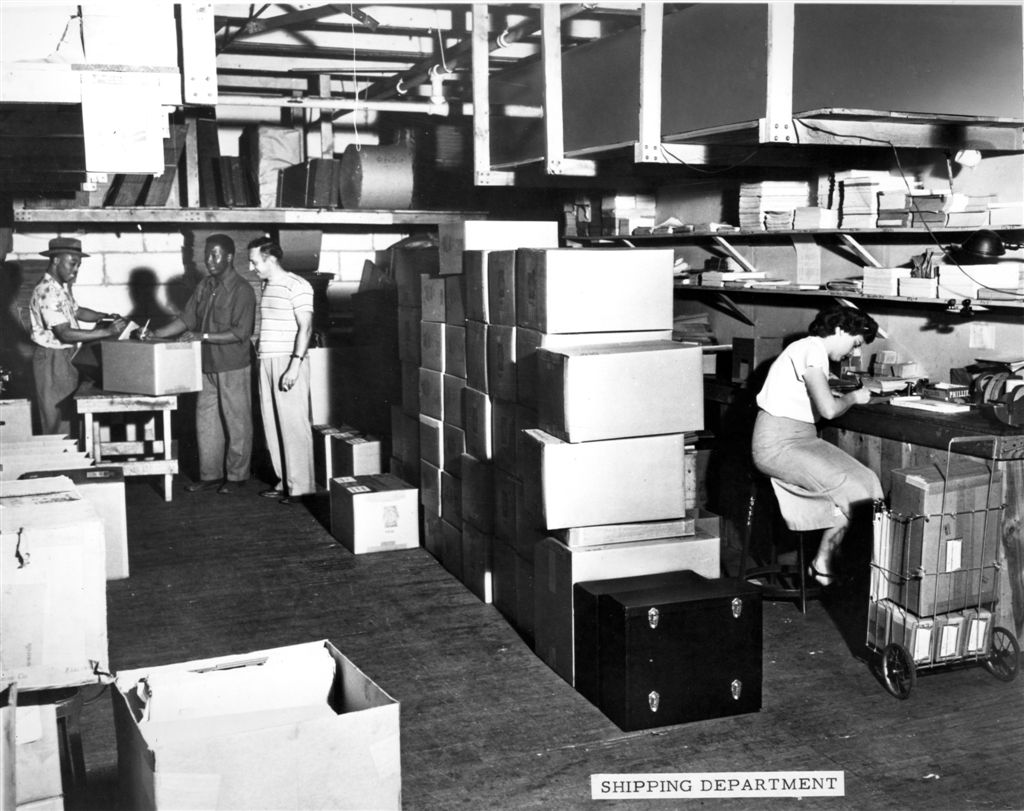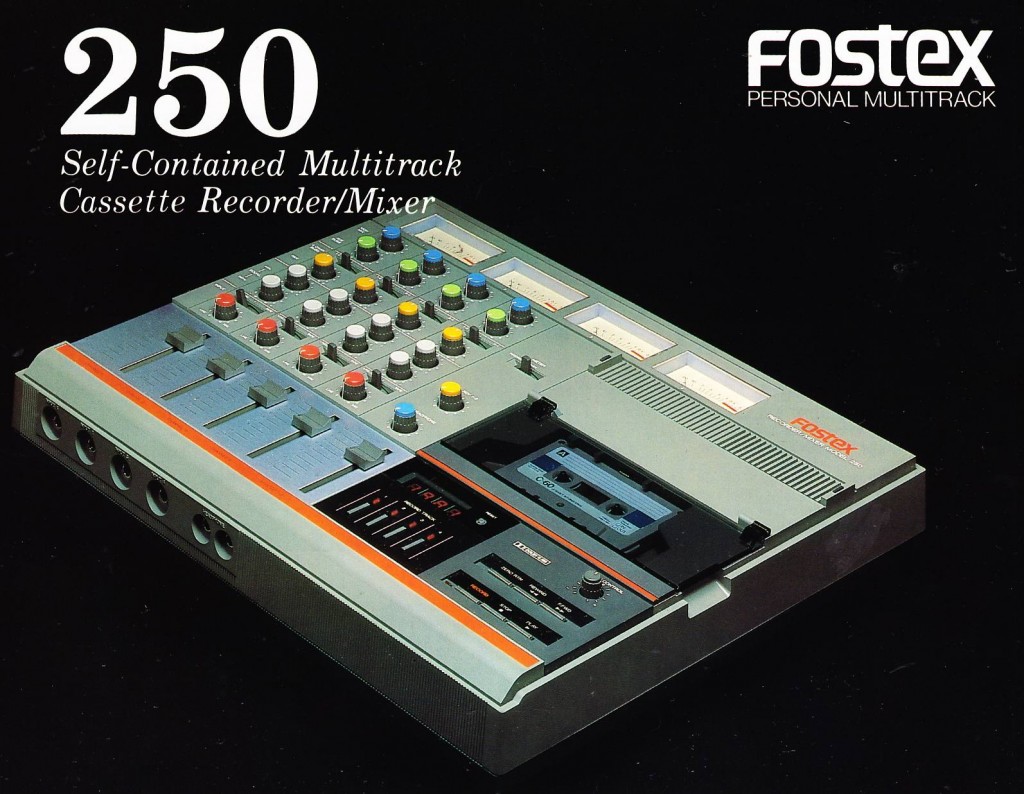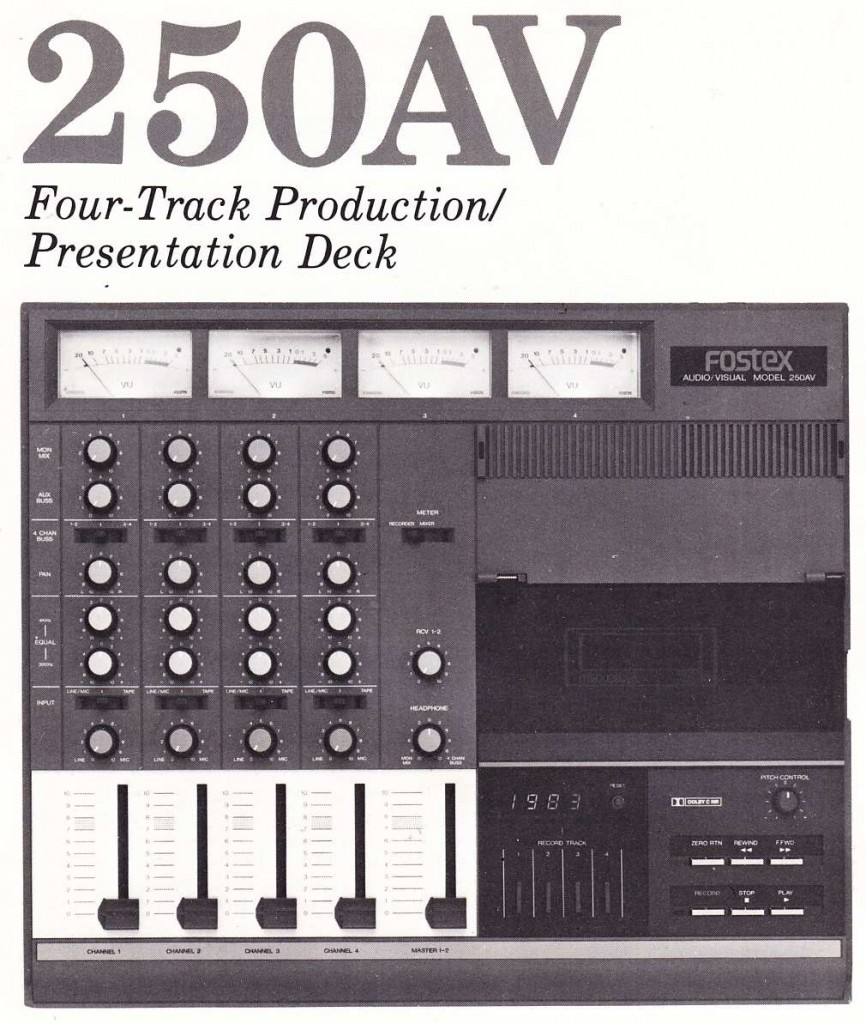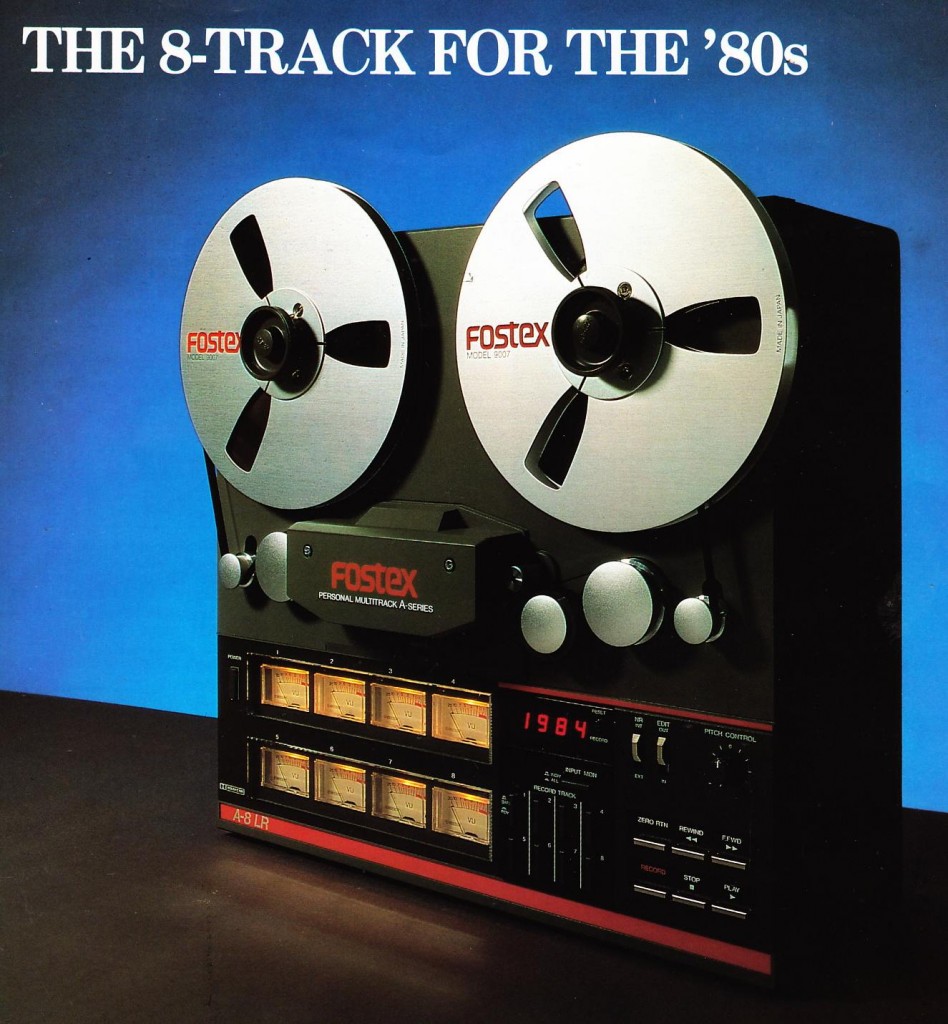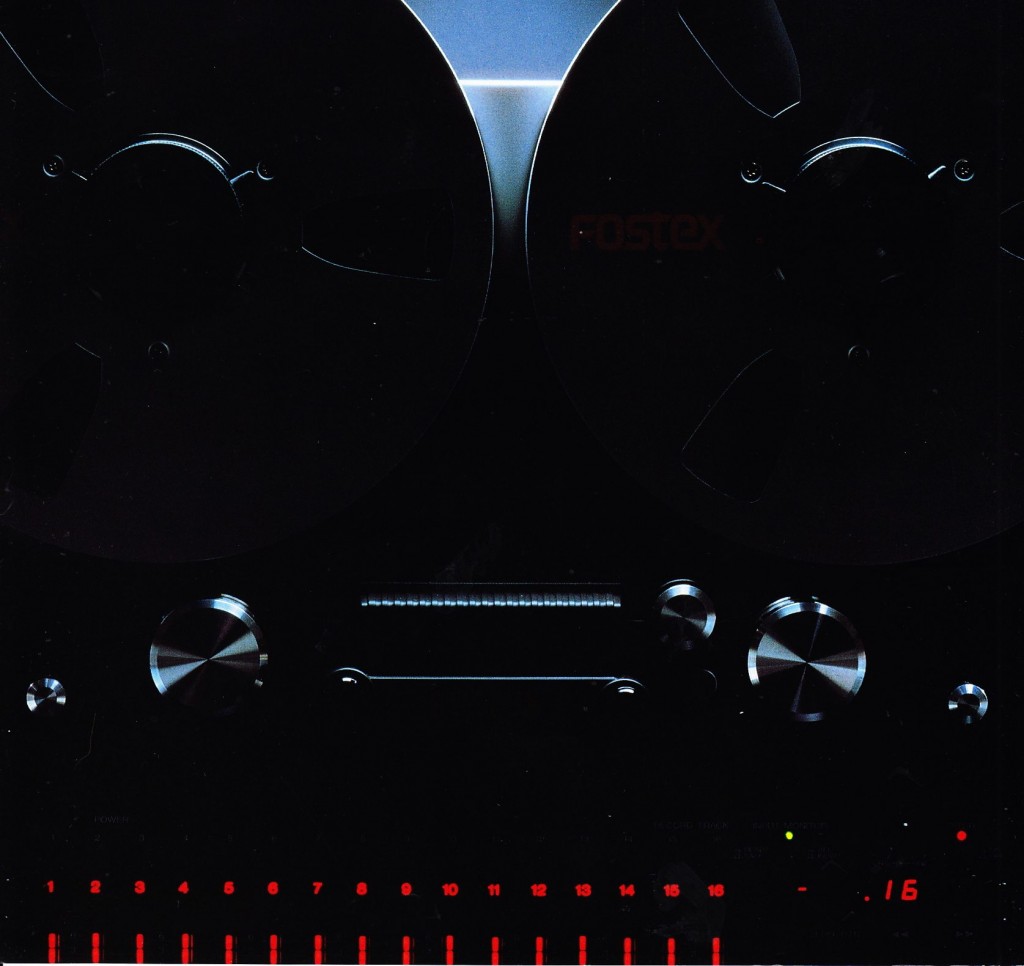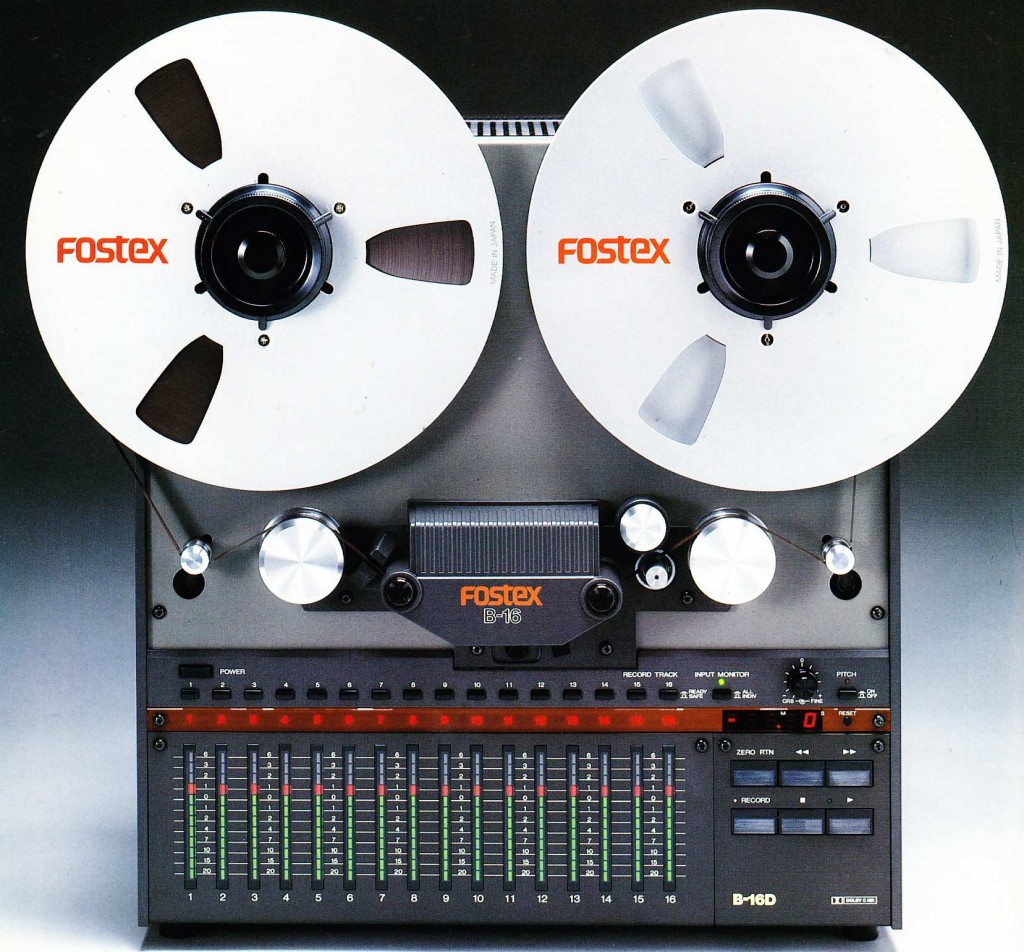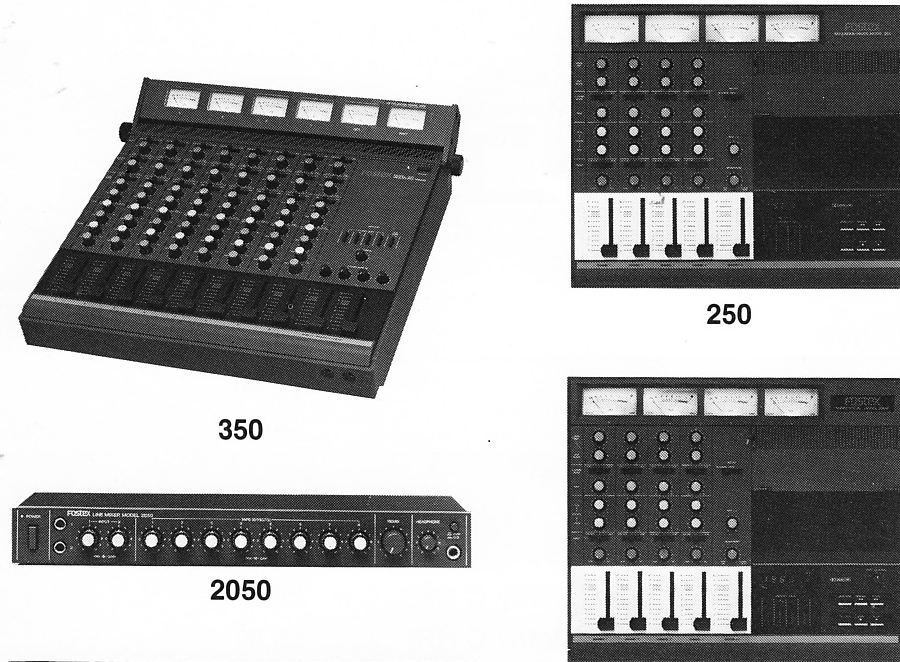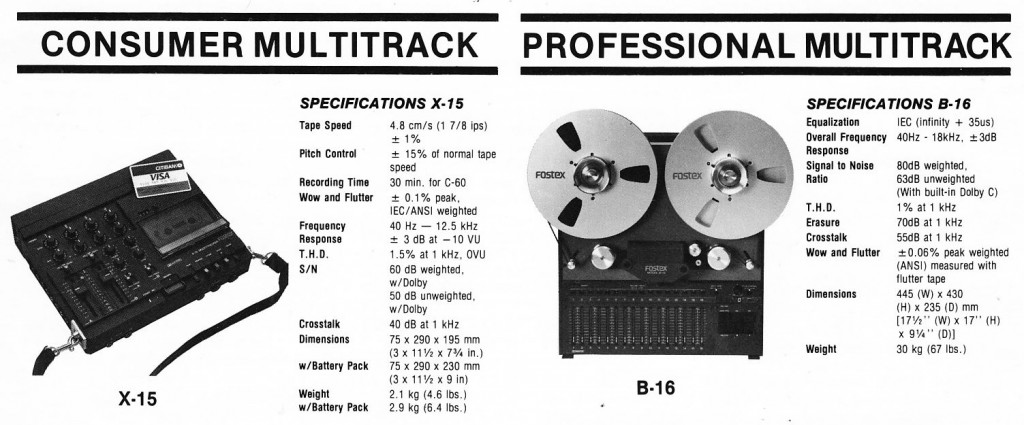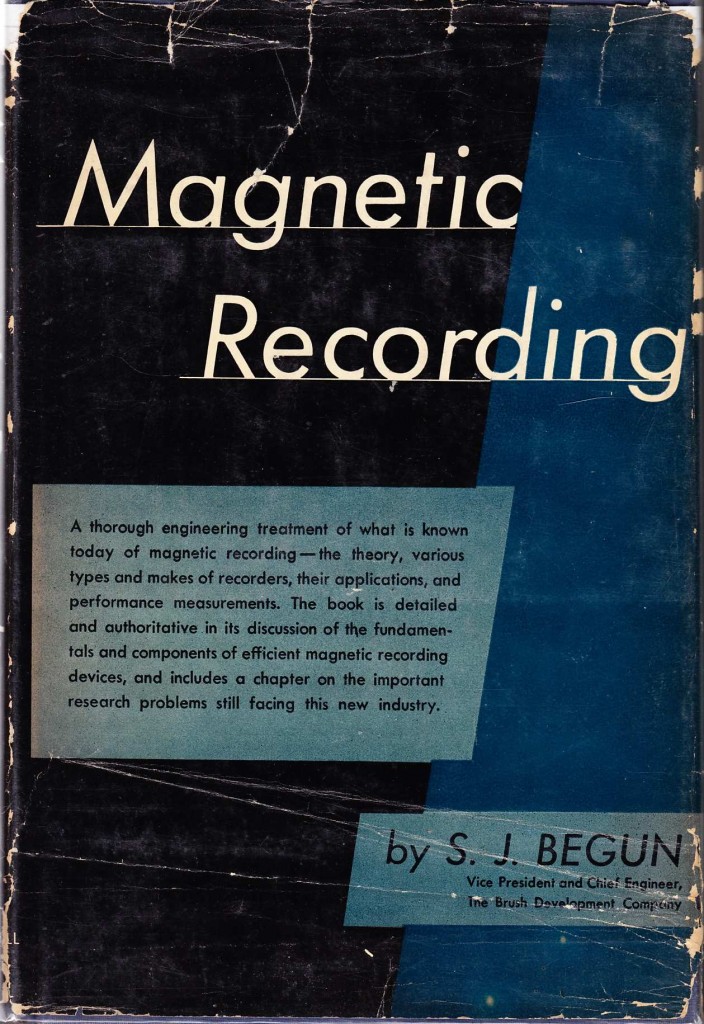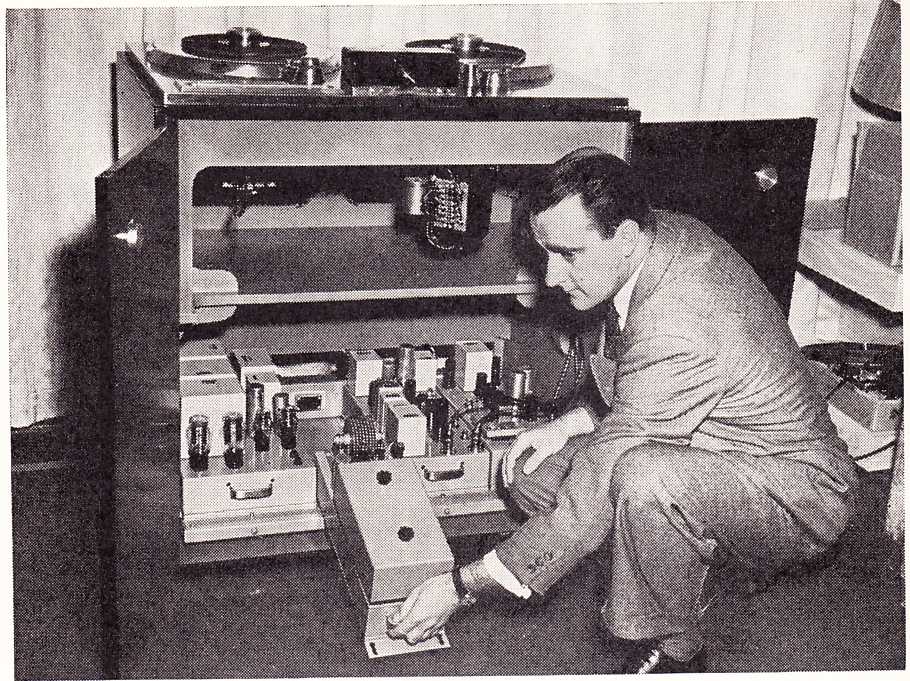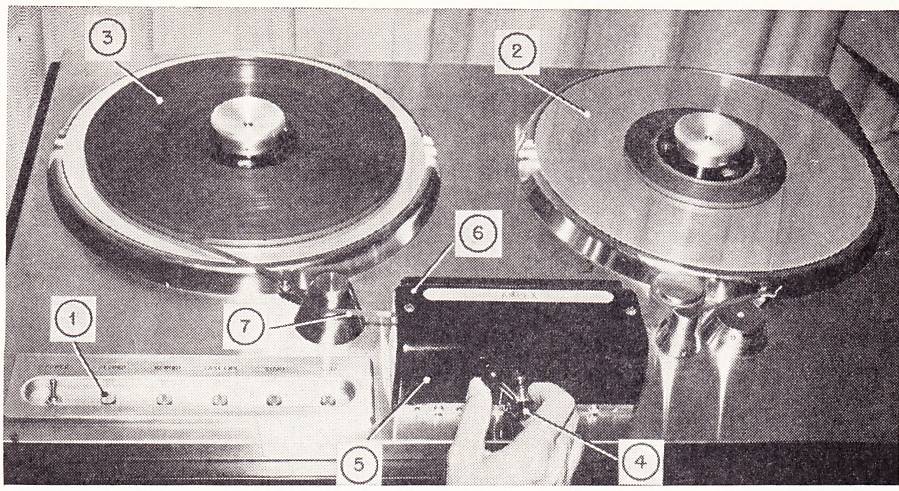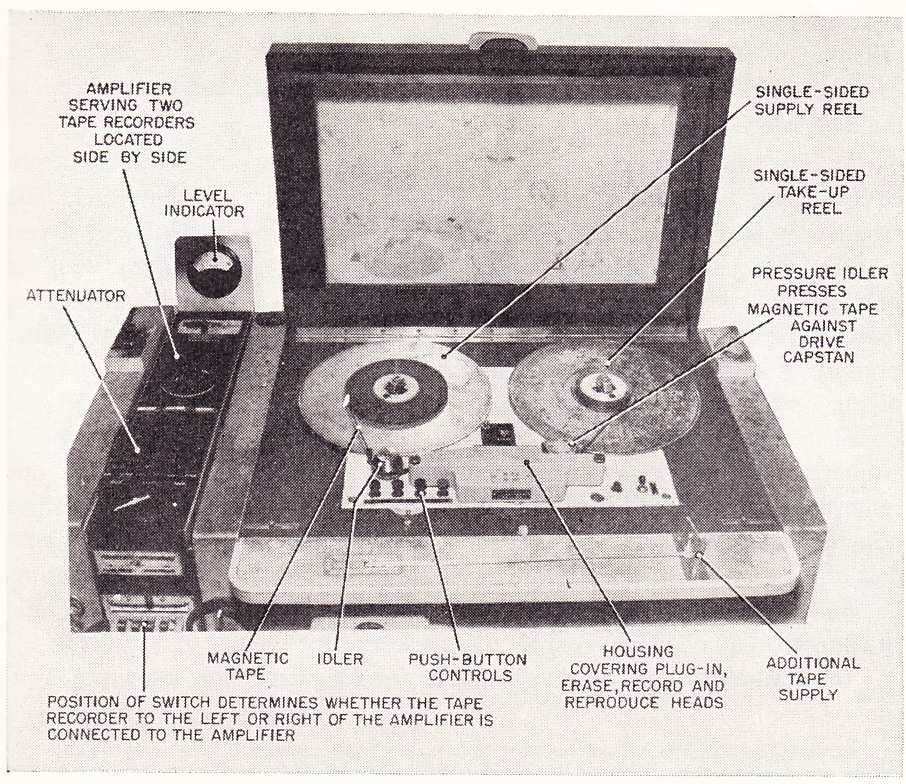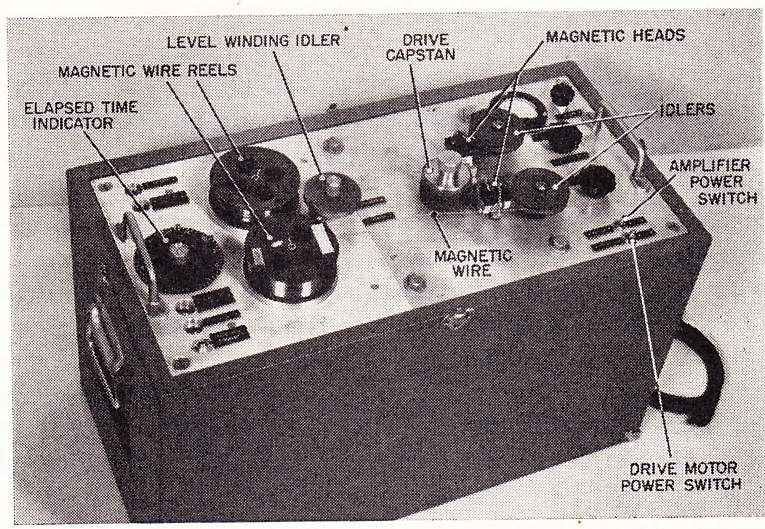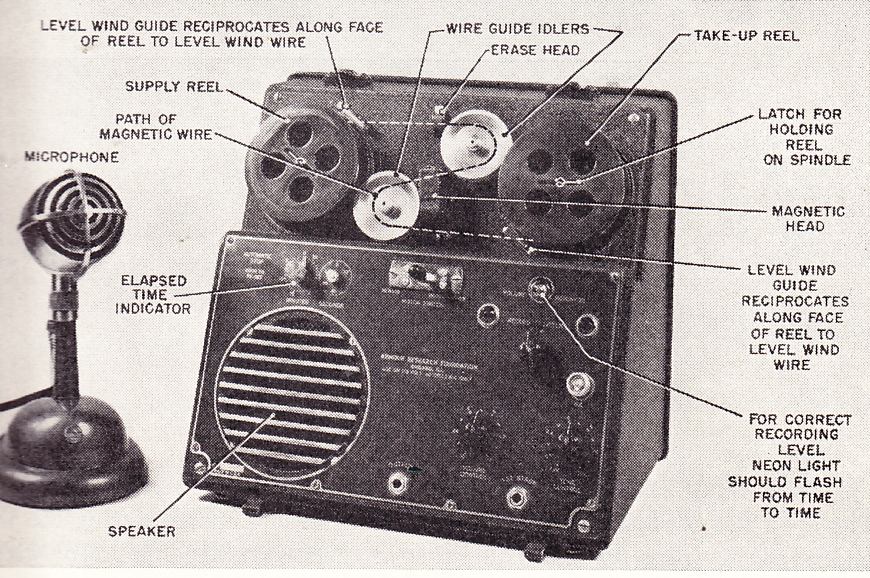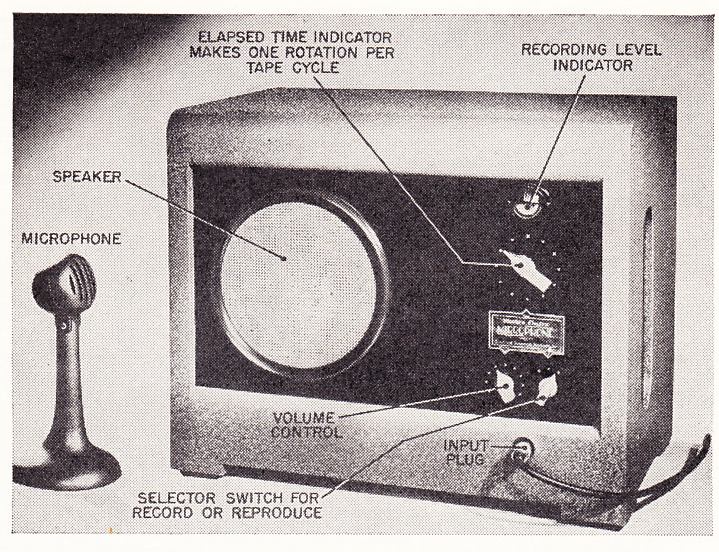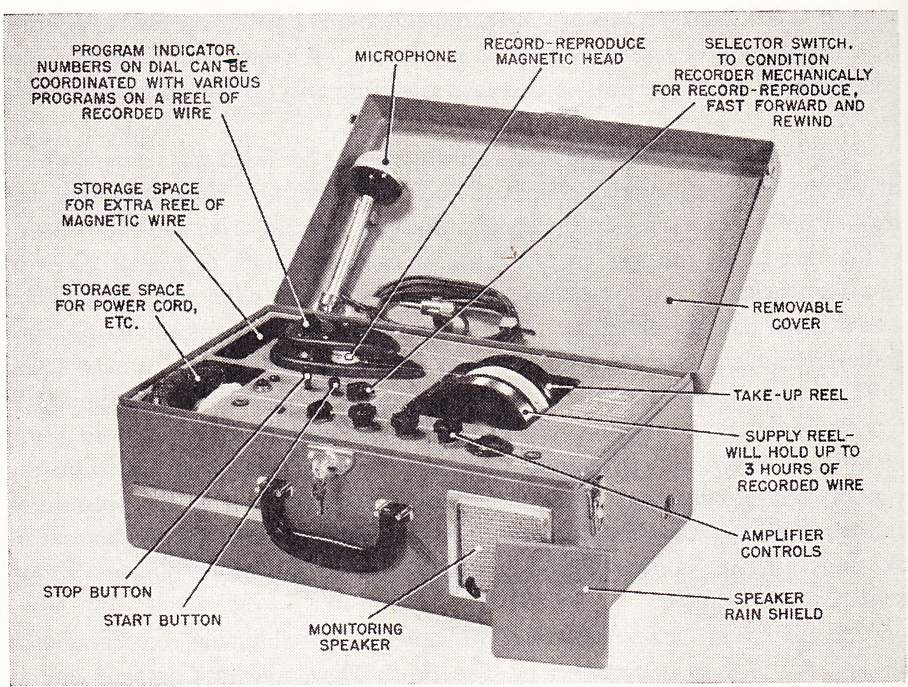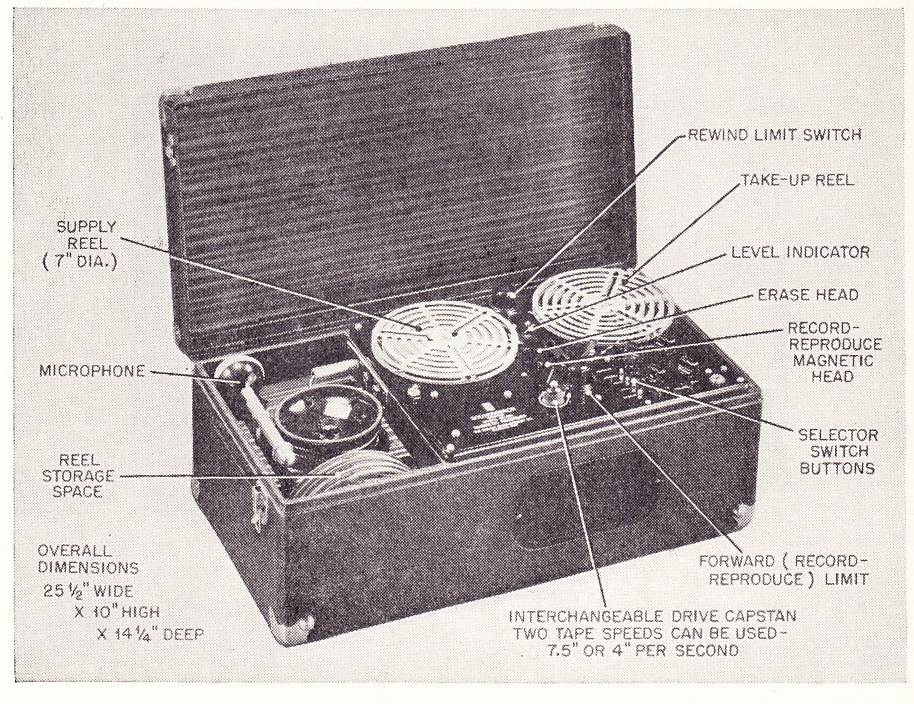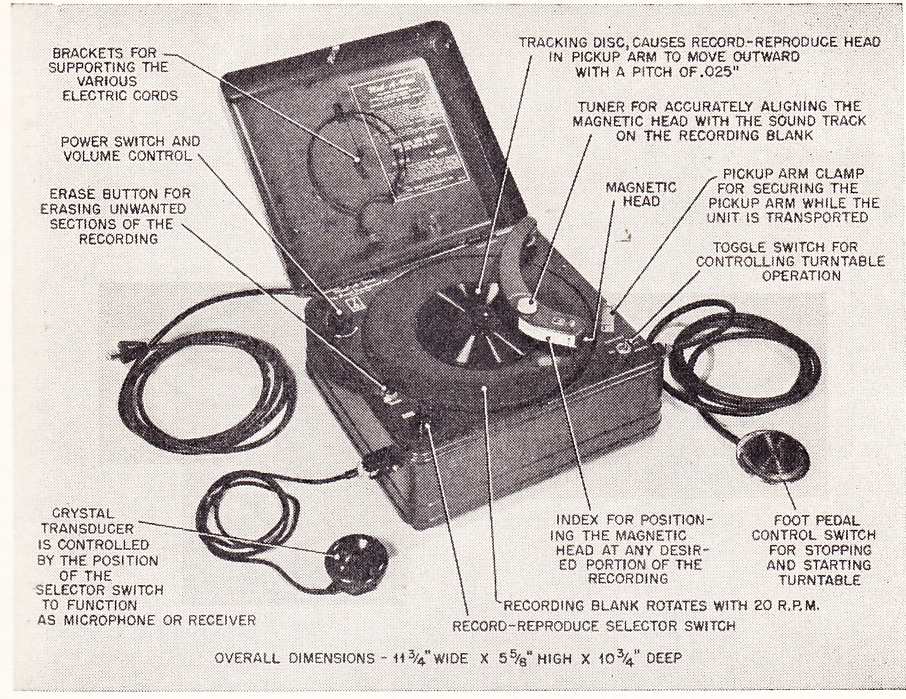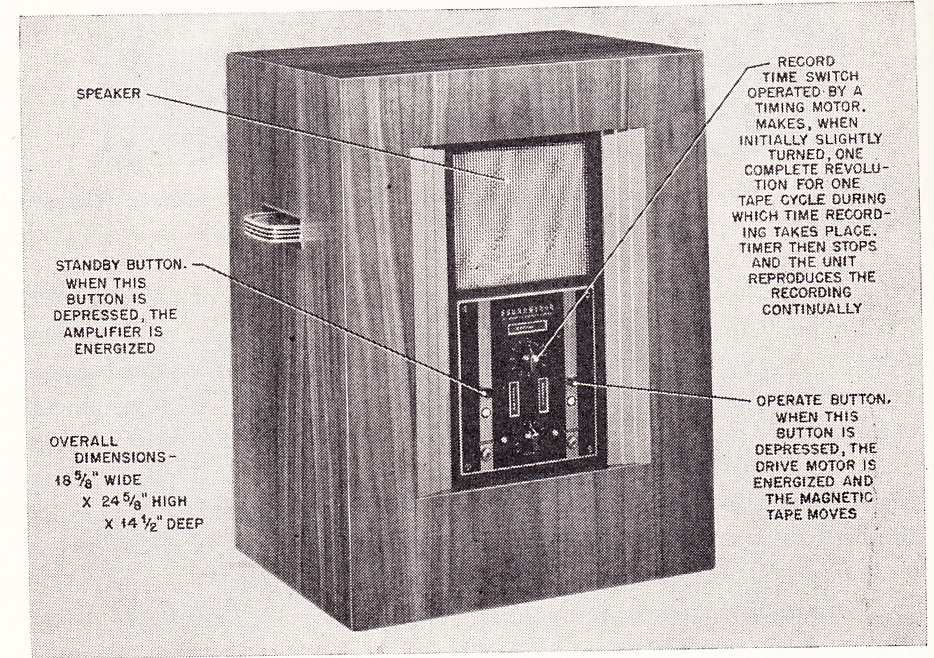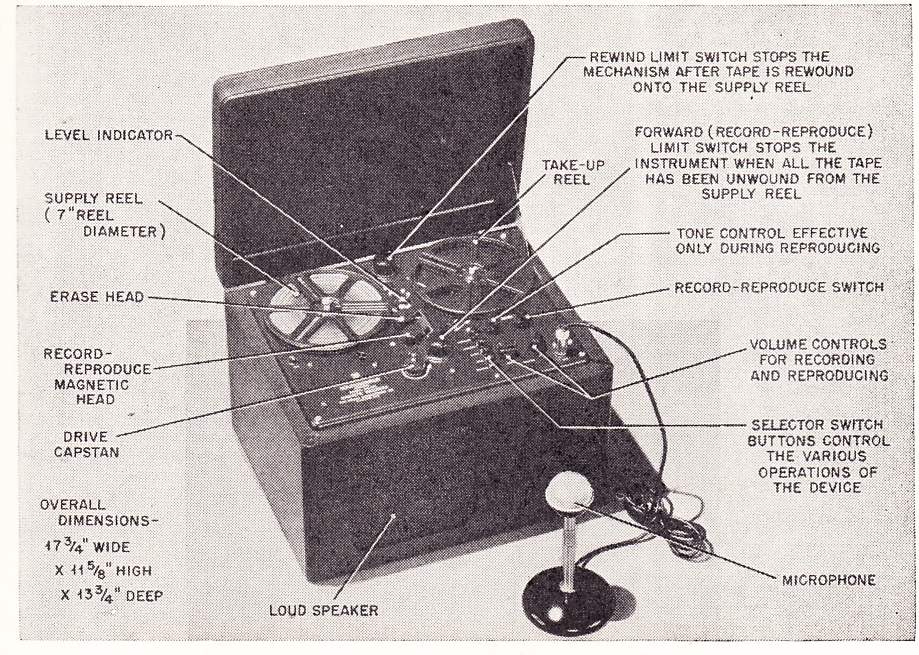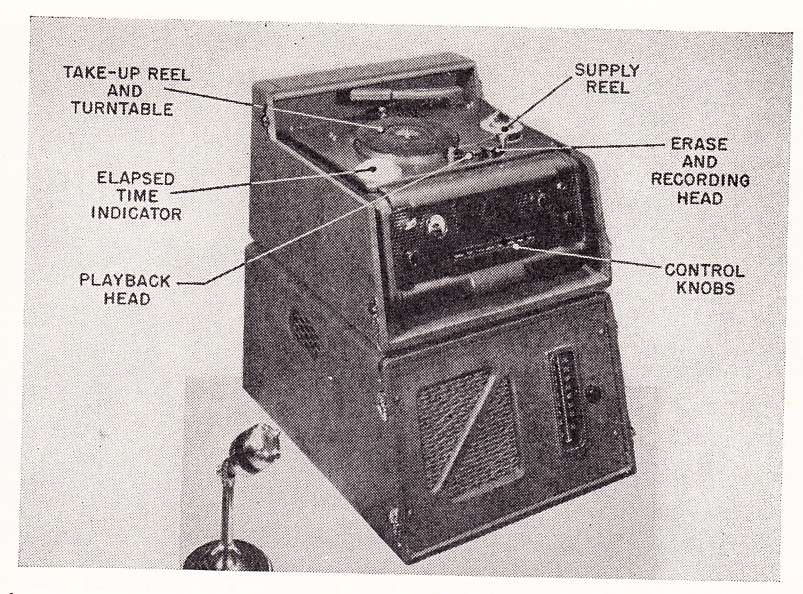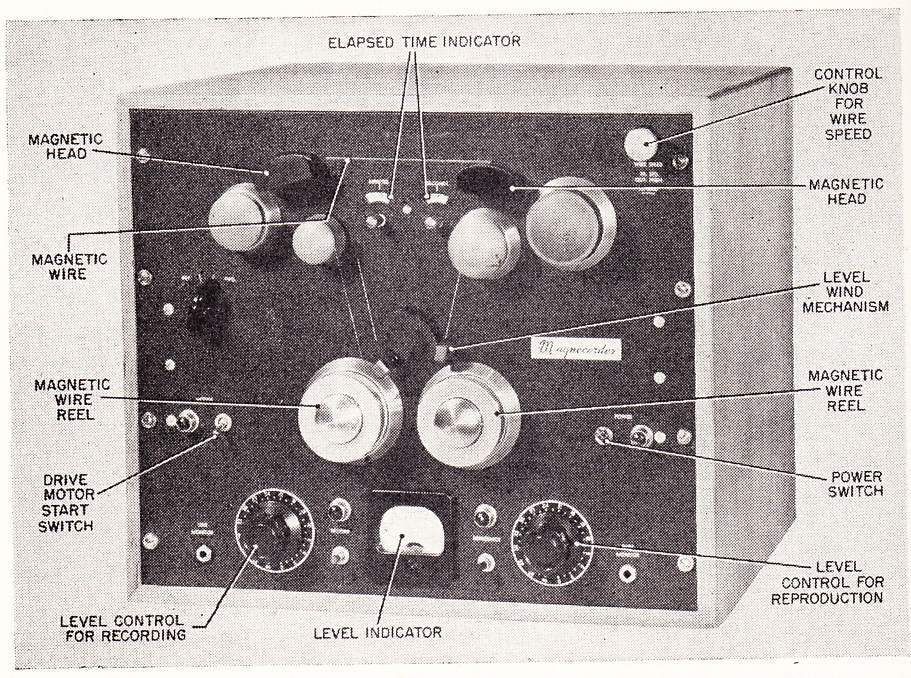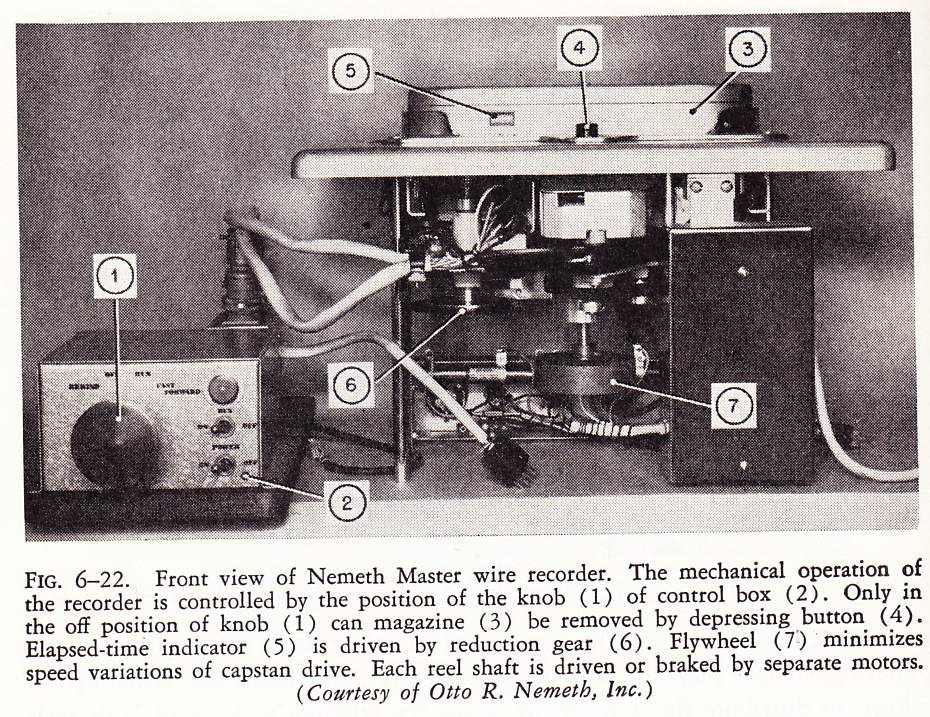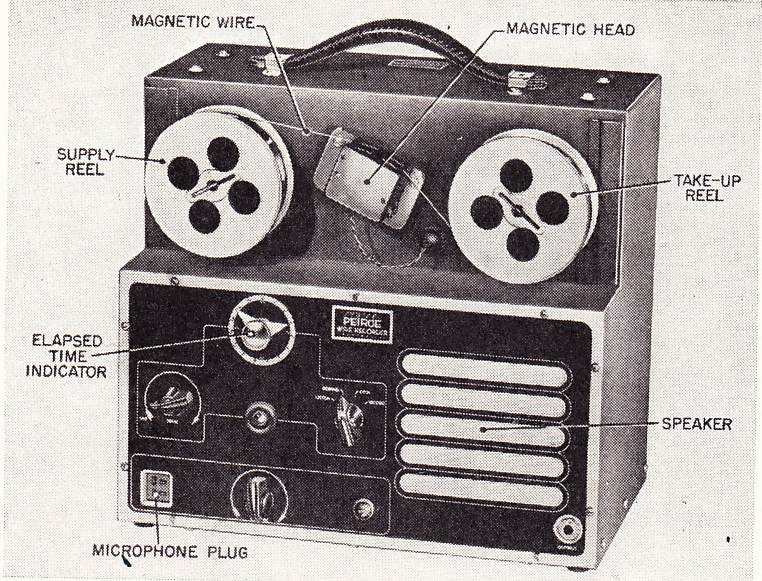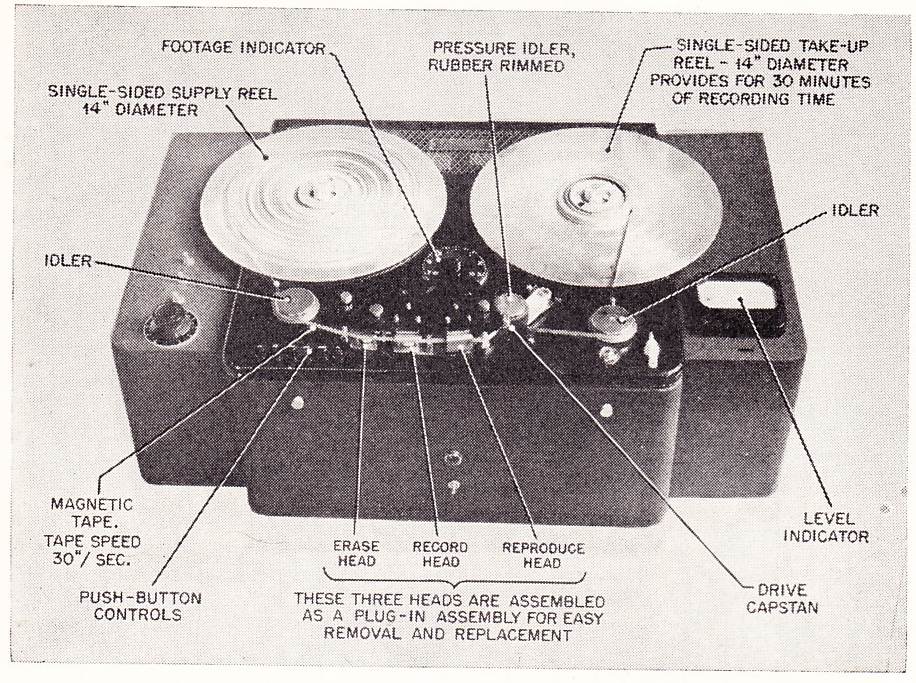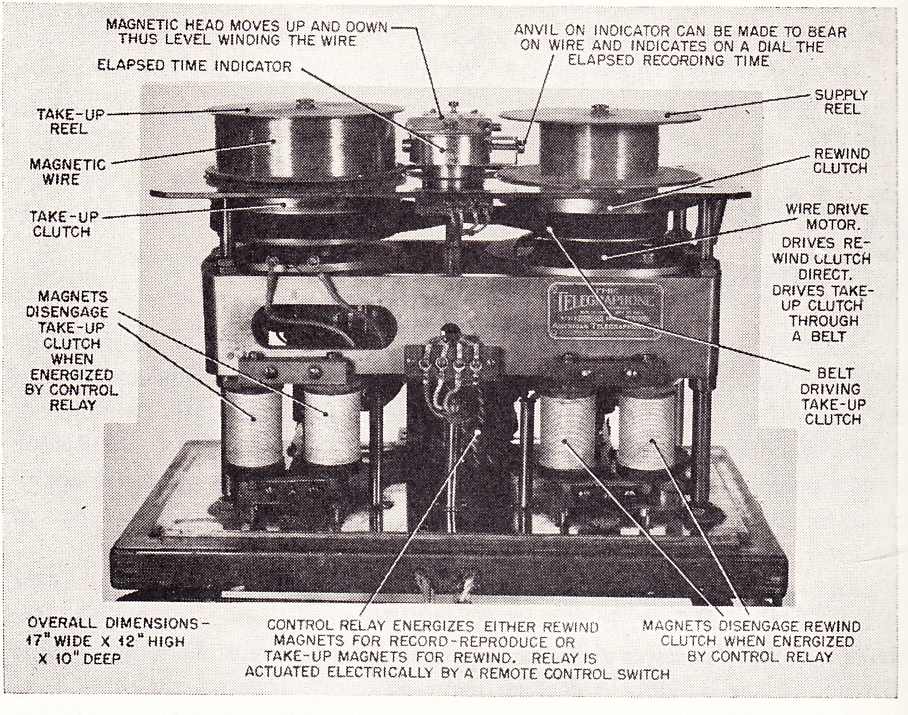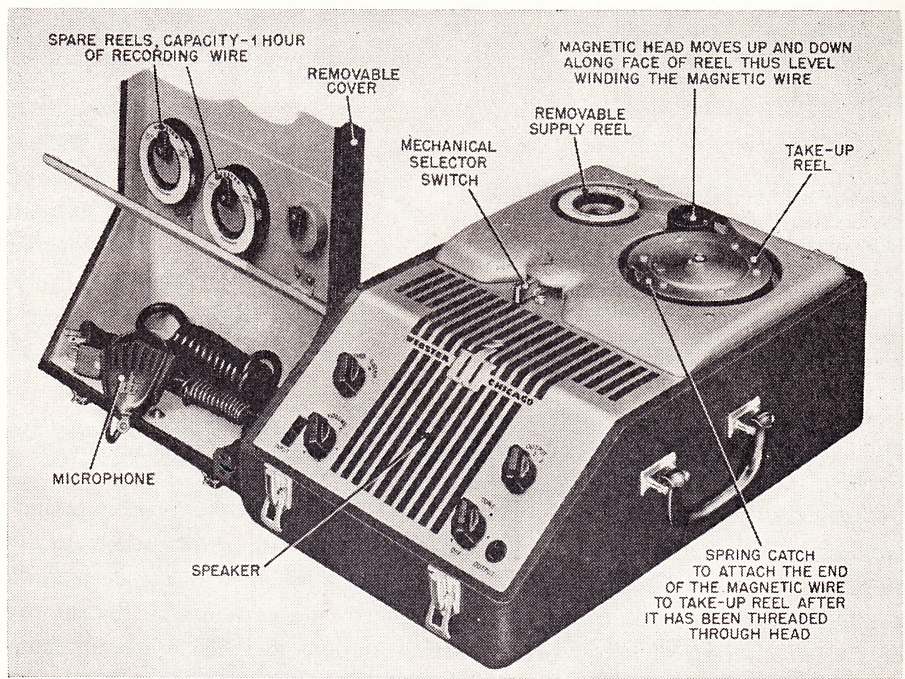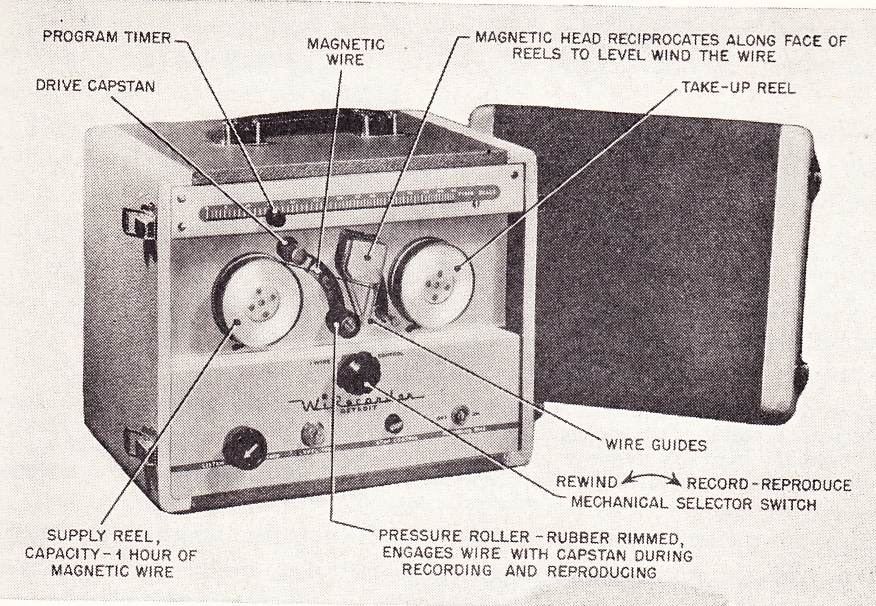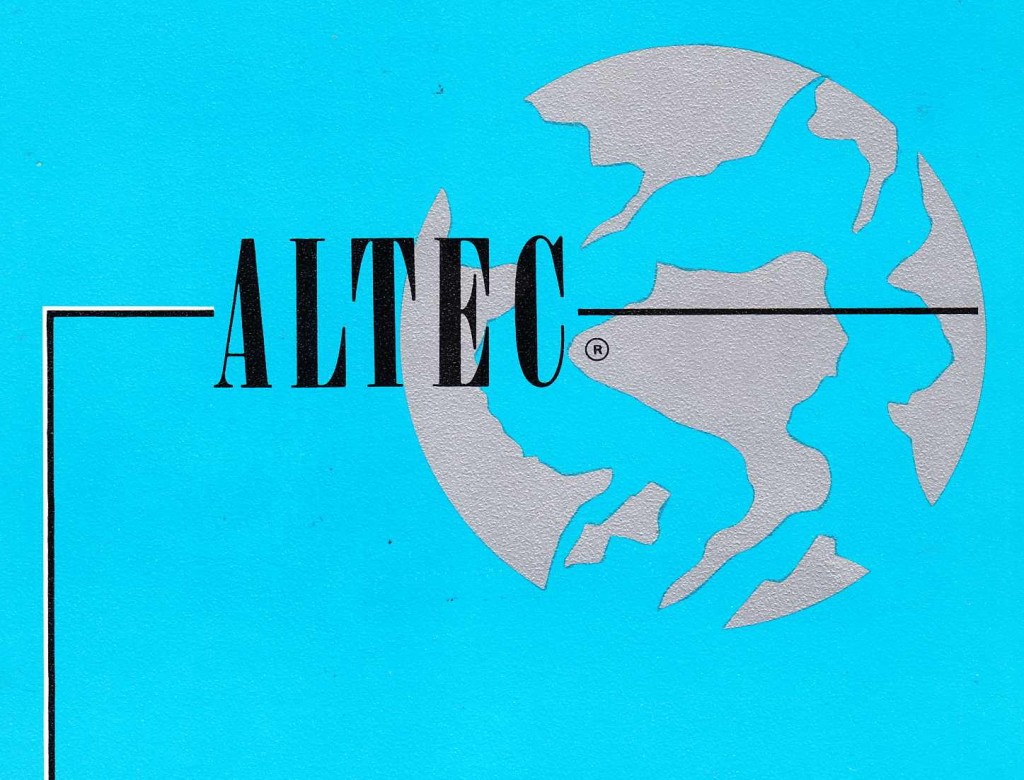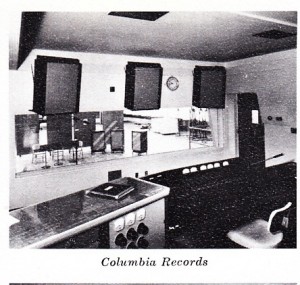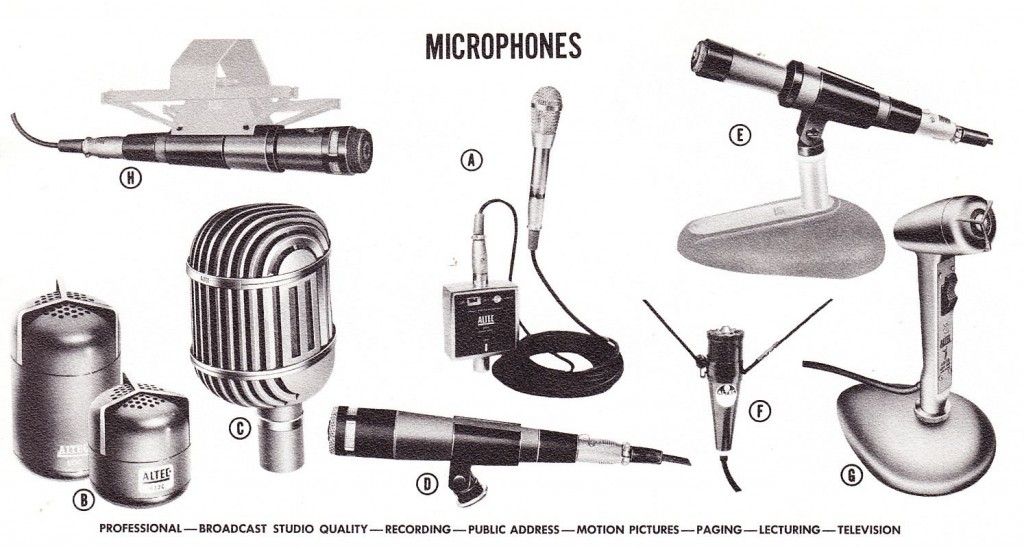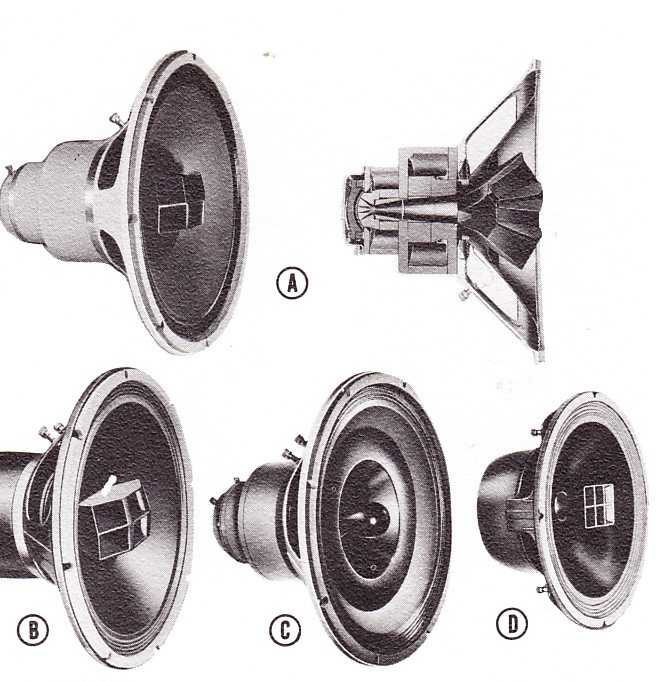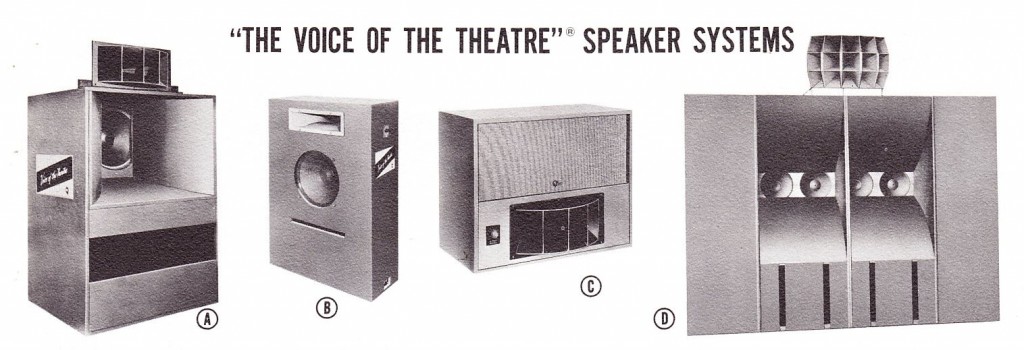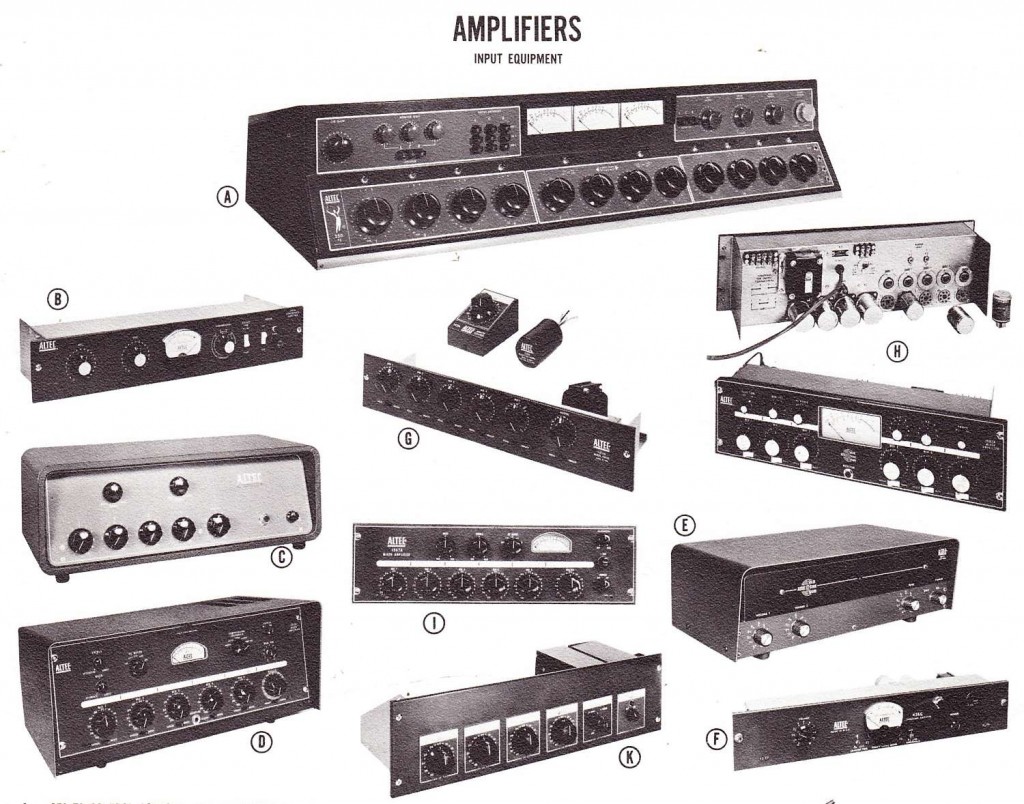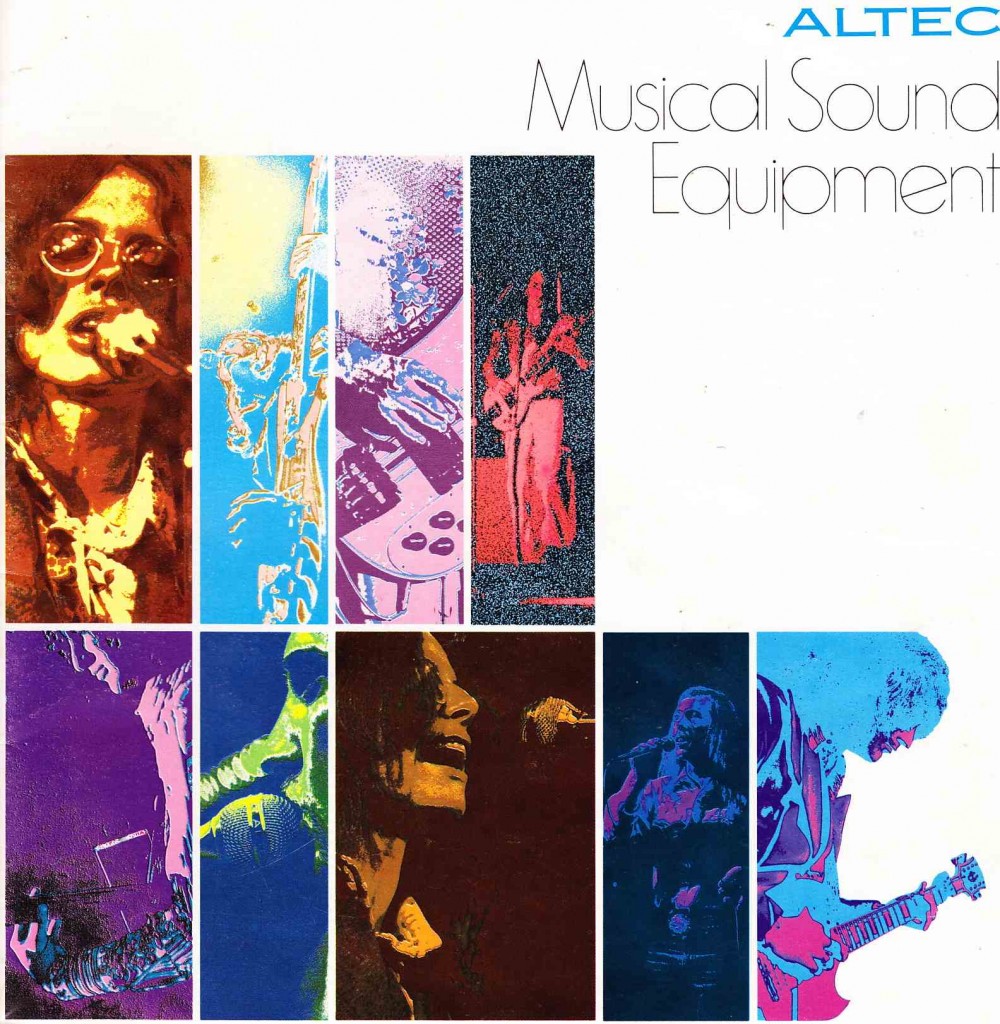 Download the sixteen-page Altec Musical Sound Equipment catalog circa 1973:
Download the sixteen-page Altec Musical Sound Equipment catalog circa 1973:
DOWNLOAD: AltecMusical1973
Products covered, in text, specs, and lovely 70s gradient photography, include: Altec 417, 418, 421, and 425 series musical instrument speakers (drivers); Altec 626A, 654A, 655A, 650B, and 656A microphones; 1212A and 1214A ‘altec control consoles’ aka powered mixers; 1207C, 1211A, and 1217A column loudspeakers; 1202B, 1204B, 1208B, and 1218A ‘voice of the theatre’ speaker systems; 771B BiAmplifier and its associated 1209B, 1219A, and 1205B powered ‘voice of the theatre’ systems; 1215A an 1225A folded horn and multicell tweeter; 9477B power amplifier; 1220AC ‘audio control console’ aka 10×1 live sound mixer; plus the contemporary voice of the theatre individual components 811B and 511B horns, 807-8A and 808-8A drivers, N809-8A crossover, and 828B cabinet. Plus a range of accessories.
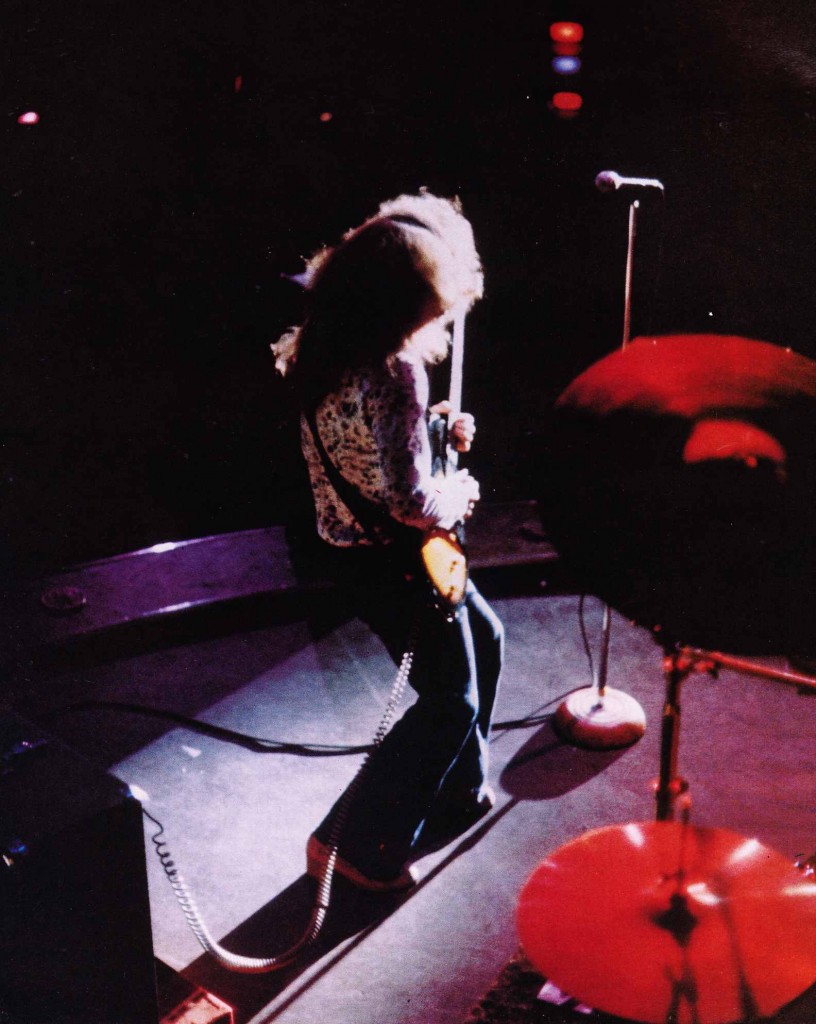 This is not a full-range catalog; rather the focus is plainly on live-sound reinforcement for rock and pop bands. There is an emphasis on volume, power, and road-worthiness in all of the product-prose.
This is not a full-range catalog; rather the focus is plainly on live-sound reinforcement for rock and pop bands. There is an emphasis on volume, power, and road-worthiness in all of the product-prose.
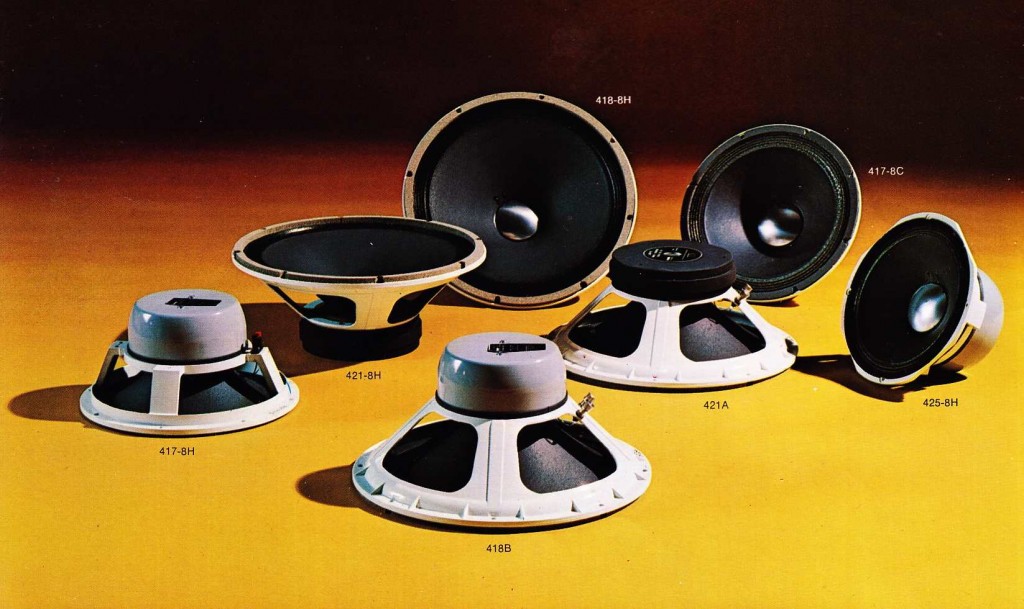 Dig the excellent tequila-sunrise comin’ on behind the Altec Musical Instrument Speakers. It was a popular, if pricey, move in the 70s to replace the factory-installed drivers in your Fender Amp with an Altec (or JBL) aftermarket speaker. Many amplifier manufacturers of the era offered these as factory-installed options as well. I have never liked the sound of of these speakers in a guitar amp. It’s likely simply because I have a more roots-oriented guitar style, but i find that Altec and JBL speakers really rob a good tube amp of the responsiveness (touch-sensitivity) and proper harmonic-breakup that I depend on from the amp. Maybe if you are into Jazz and/or Metal these would be a good choice. Anyhow, I always replace them with regular Alnico or ceramic instrument speakers, which generally have a more limited frequency response. Another downside of the JBL replacement speakers in particular is that they weigh a goddman ton, turining your Deluxe Reverb into something requiring casters.
Dig the excellent tequila-sunrise comin’ on behind the Altec Musical Instrument Speakers. It was a popular, if pricey, move in the 70s to replace the factory-installed drivers in your Fender Amp with an Altec (or JBL) aftermarket speaker. Many amplifier manufacturers of the era offered these as factory-installed options as well. I have never liked the sound of of these speakers in a guitar amp. It’s likely simply because I have a more roots-oriented guitar style, but i find that Altec and JBL speakers really rob a good tube amp of the responsiveness (touch-sensitivity) and proper harmonic-breakup that I depend on from the amp. Maybe if you are into Jazz and/or Metal these would be a good choice. Anyhow, I always replace them with regular Alnico or ceramic instrument speakers, which generally have a more limited frequency response. Another downside of the JBL replacement speakers in particular is that they weigh a goddman ton, turining your Deluxe Reverb into something requiring casters.
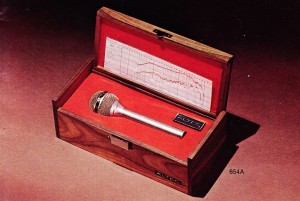 Since this is essentially a live-sound catalog, the microphones on offer are limited to a range of 5 hand-held type units. The top-of-the-line dynamic on offer is the 654A. I bought pile of 4 of these on eBay a few years ago when I needed some mics for a series of rehearsals we were doing. They were pretty cheap and I figured they would work pretty well. I found them to be not especially durable, but decently so. They have pretty good sound, but the feedback rejection is really really bad, even with properly-positioned monitor wedges; but perhaps their worst feature is that the shafts are so frikkin thin that you need to use those awful spring-loaded mic clips. We still use these in the rehearsal studio when absolutely necessary, but I cannot recommend them. Might sound cool on acoustic guitar for recording applications.
Since this is essentially a live-sound catalog, the microphones on offer are limited to a range of 5 hand-held type units. The top-of-the-line dynamic on offer is the 654A. I bought pile of 4 of these on eBay a few years ago when I needed some mics for a series of rehearsals we were doing. They were pretty cheap and I figured they would work pretty well. I found them to be not especially durable, but decently so. They have pretty good sound, but the feedback rejection is really really bad, even with properly-positioned monitor wedges; but perhaps their worst feature is that the shafts are so frikkin thin that you need to use those awful spring-loaded mic clips. We still use these in the rehearsal studio when absolutely necessary, but I cannot recommend them. Might sound cool on acoustic guitar for recording applications.
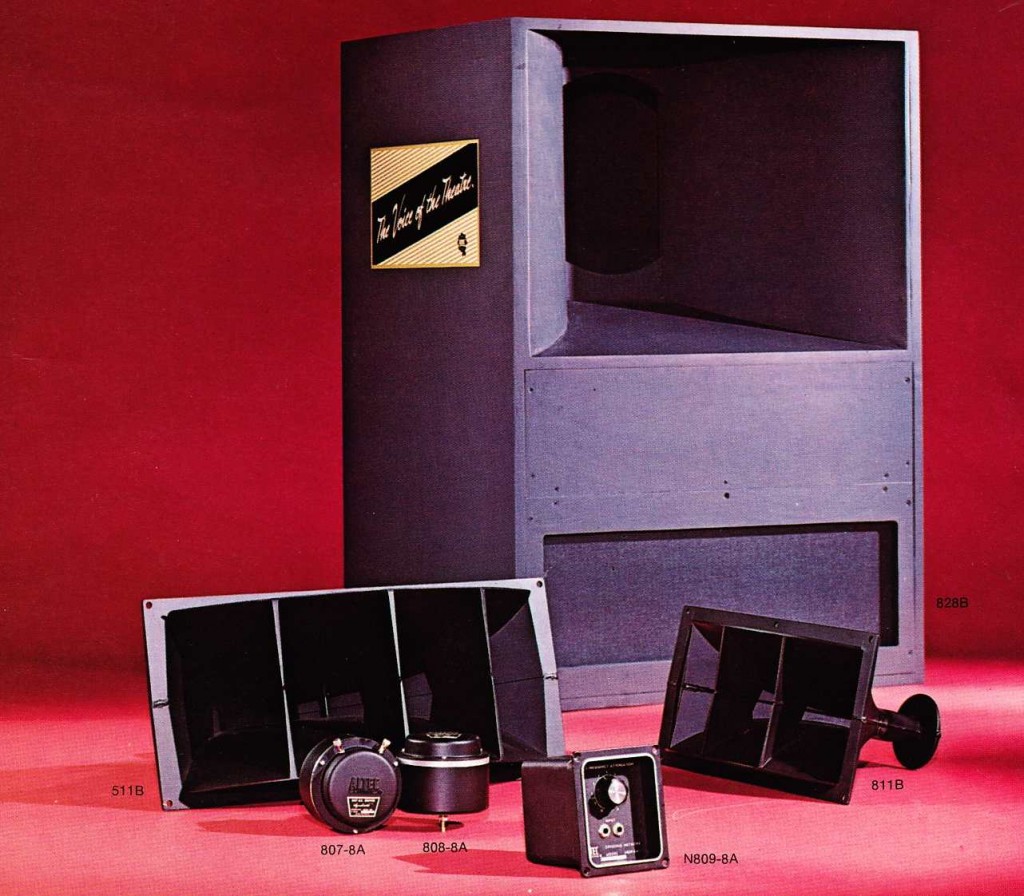
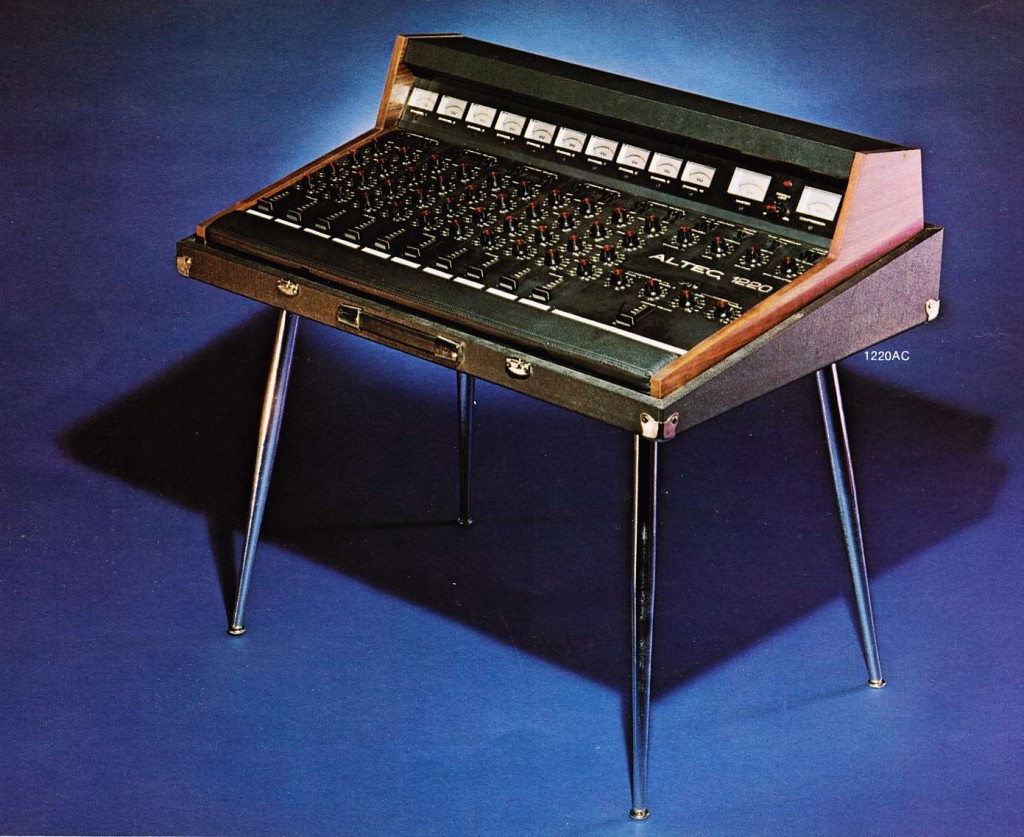 If you have been following this website for a while, you will know that I am totally obsessed with this style of product photography. Bring that shit back I say!
If you have been following this website for a while, you will know that I am totally obsessed with this style of product photography. Bring that shit back I say!
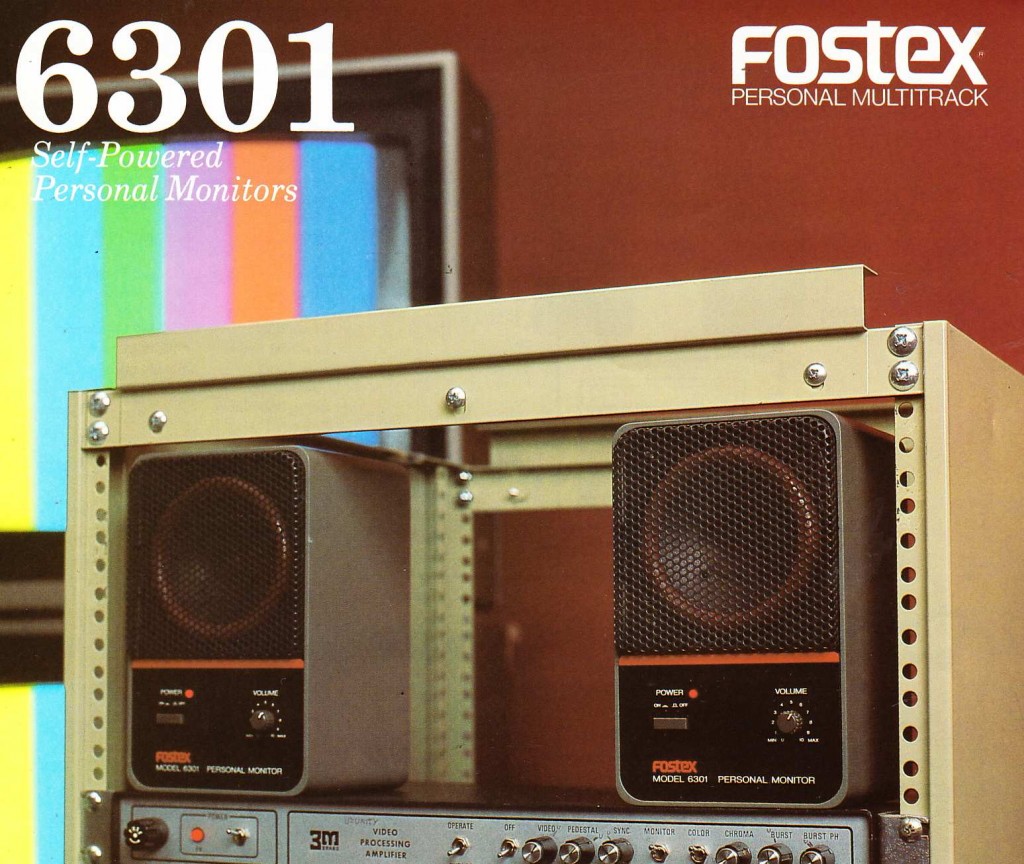 Download fourteen-pages of original product information regarding FOSTEX’ “Personal Multitrack” outboard-equipment line of the 1980s:
Download fourteen-pages of original product information regarding FOSTEX’ “Personal Multitrack” outboard-equipment line of the 1980s: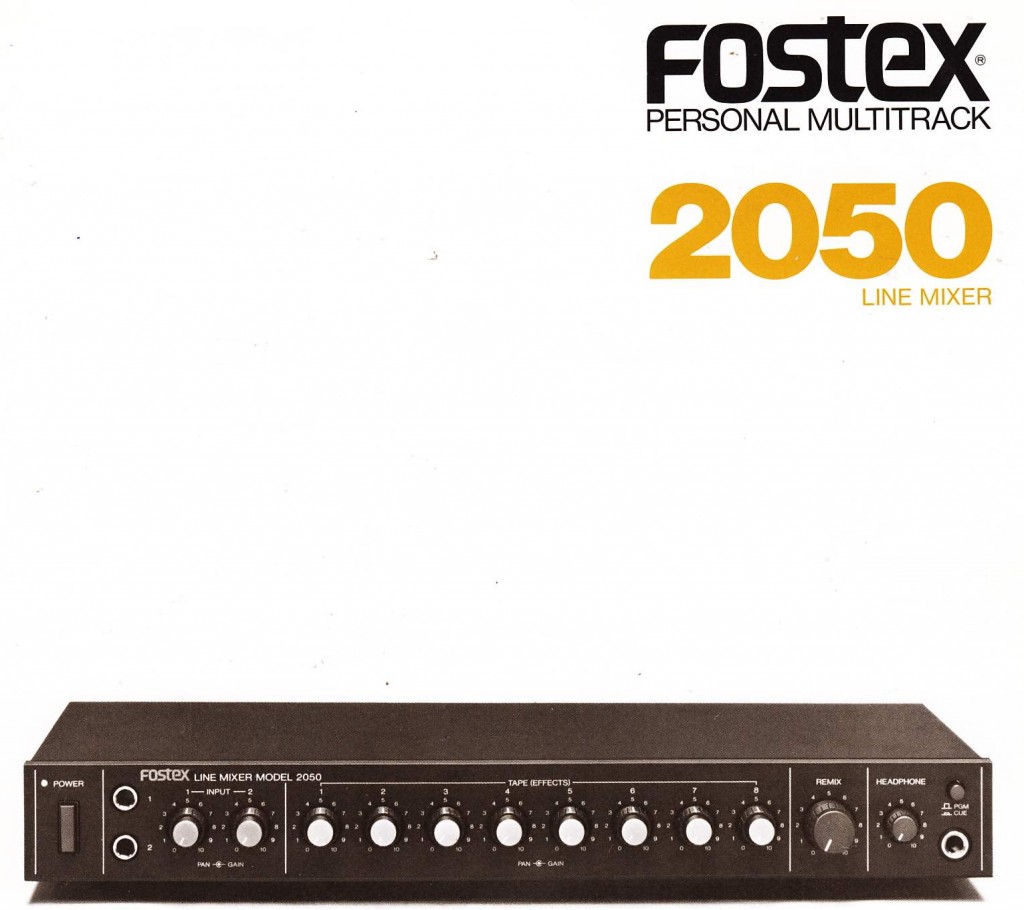
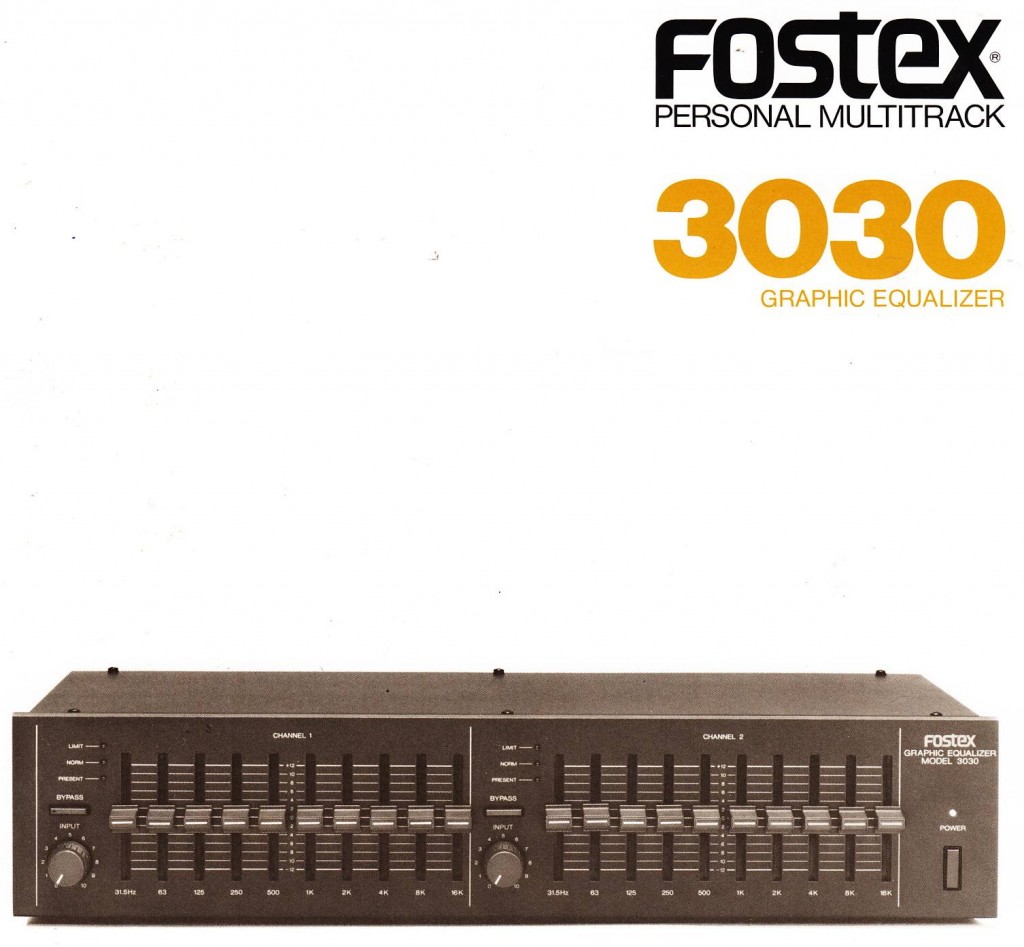
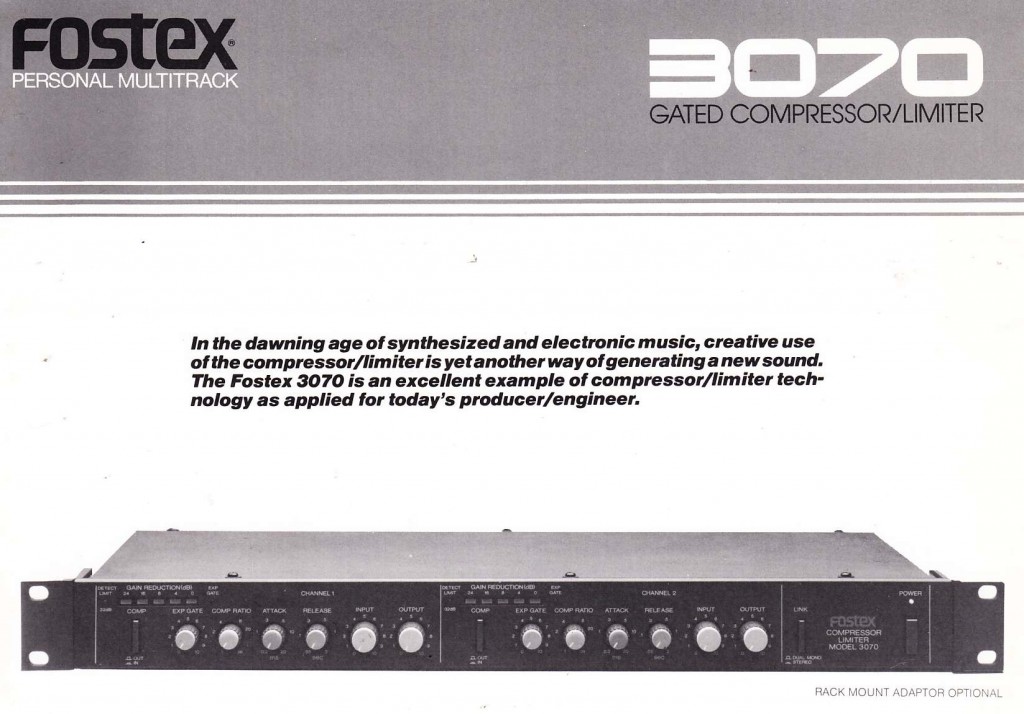
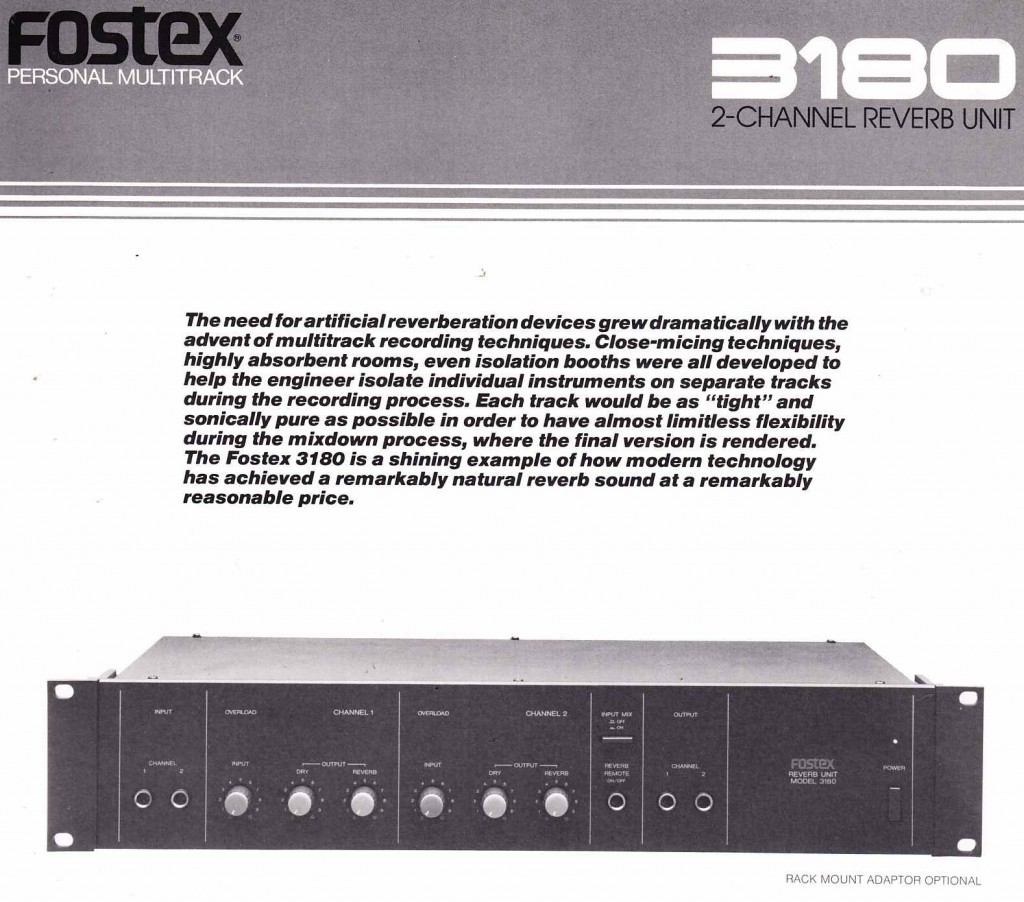 The 3180 offers a unique feature among line-level stereo spring reverb units: a non-adjustable 24ms pre-delay hardwired before the spring drive amp.
The 3180 offers a unique feature among line-level stereo spring reverb units: a non-adjustable 24ms pre-delay hardwired before the spring drive amp.